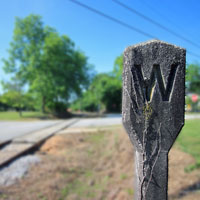 |
Great Walton Railroad Along the Line |

1910 Official Guide / collection
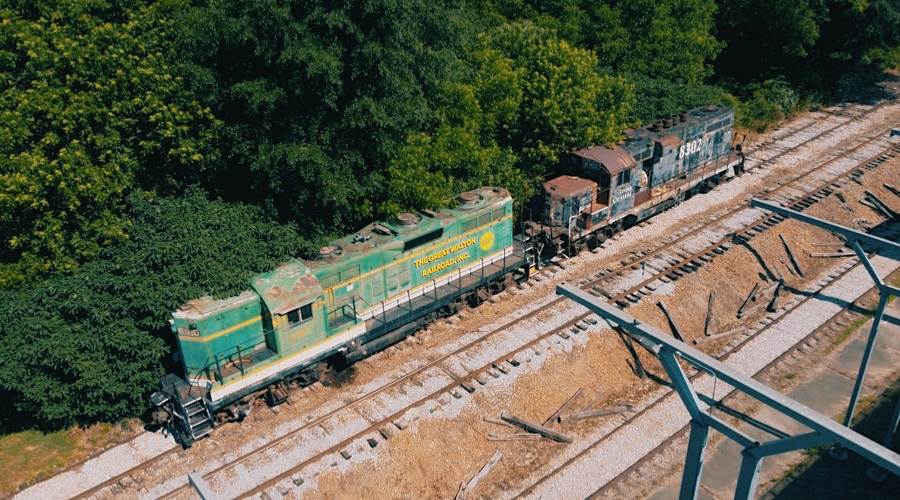
Social Circle, Ga / May 2021 / RWH
 Social Circle
Social Circle

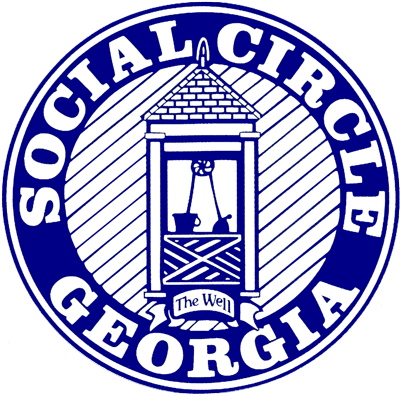 In 1832, Social Circle was incorporated. New settlers continued to move in and, in June 1836, Mr. John Dally opened a grocery store in the city limits. During 1845, the Georgia Railroad reached this community as it advanced westward. The coming of the railroad was probably the most influential event in Social Circle’s early history and marked this city as the county’s first rail center. A Masonic Lodge was established in 1848 and the first officer was the engineer who had surveyed for the Georgia Railroad.
In 1832, Social Circle was incorporated. New settlers continued to move in and, in June 1836, Mr. John Dally opened a grocery store in the city limits. During 1845, the Georgia Railroad reached this community as it advanced westward. The coming of the railroad was probably the most influential event in Social Circle’s early history and marked this city as the county’s first rail center. A Masonic Lodge was established in 1848 and the first officer was the engineer who had surveyed for the Georgia Railroad.
In 1869 Social Circle was incorporated as a town and limits extended to one-half mile from the center of town in all directions. Town ordinances of 1869 required merchants to close at 10:00 p.m. and any person found on the streets thereafter must give a satisfactory account of himself or spend the night in the guard house. Playing marbles on the Sabbath was prohibited and sale of liquor on election days was illegal. Fines were given out for cock fighting, fastening horses to shade trees or fences and for riding a horse in a “disorderly manner.” The head of each household was required to keep a strong ladder long enough to reach the top of the highest building on his lot as a precautionary measure in case of fire, and dwellings on public streets had to be underpinned as to keep out hogs and help abate the flea nuisance.
Social Circle was highly publicized by a Supreme Court case shortly before the turn of the century, when the town became the center of a freight-rate controversy of national importance, where the railroads challenged a finding of the then-relatively new Interstate Commerce Commission. The Court decision in this instance indirectly brought about another challenge of the Commission’s powers, with the result that Social Circle’s name was widely mentioned and repeated across the country for periods of years.
In 1904, Social Circle surrendered her 1869 charter and was subsequently incorporated as a city. Limits were one mile from the public well at the intersection of Madison, Monroe, Covington, and Gibbs Streets.
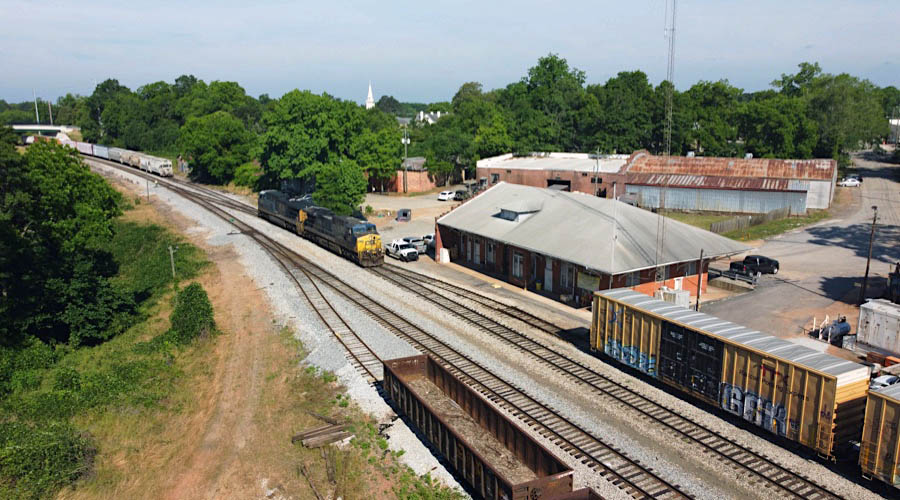
Social Circle, Ga / May 2021 / RWH
The Great Walton Railroad interchanges with CSX Transportation at the historic Social Circle depot south of downtown. This building was built by the Georgia Railroad and today is a regional office for CSX. The Great Walton interchange leaves the mainline going east before turning north.
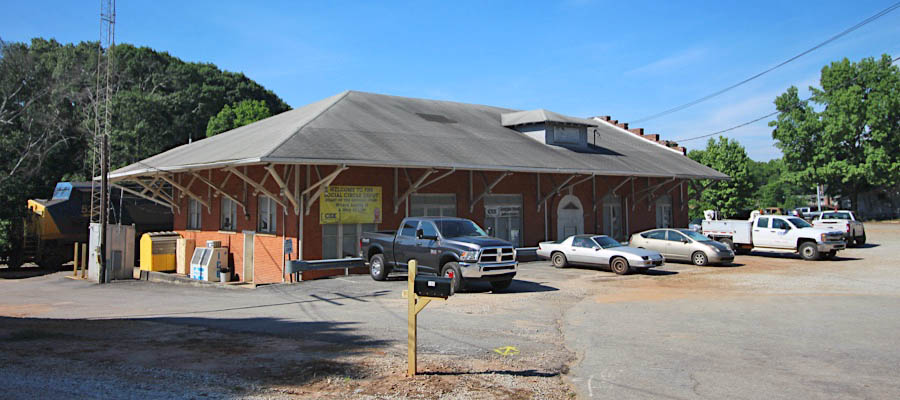
Social Circle, Ga / May 2021 / RWH
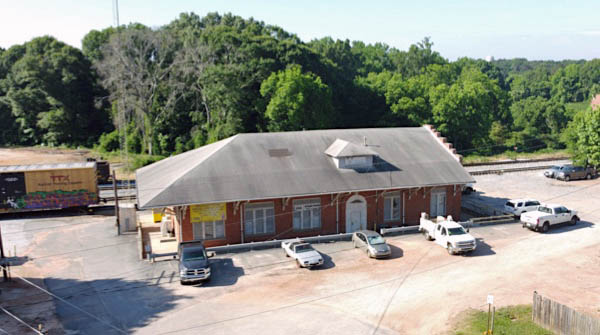
Social Circle, Ga / May 2021 / RWH
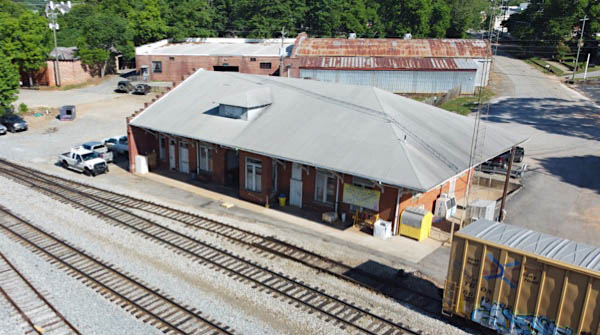
Social Circle, Ga / May 2021 / RWH

Click to see the Social Circle depot area plotted on a Google Maps page
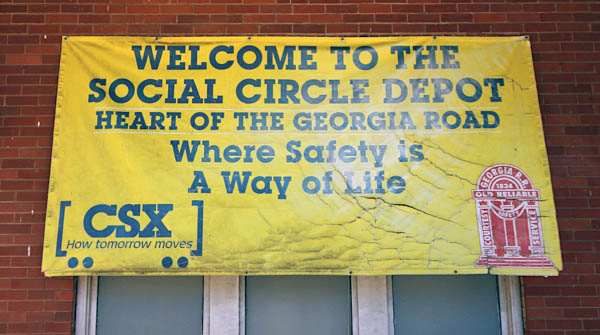
May 2021 / RWH
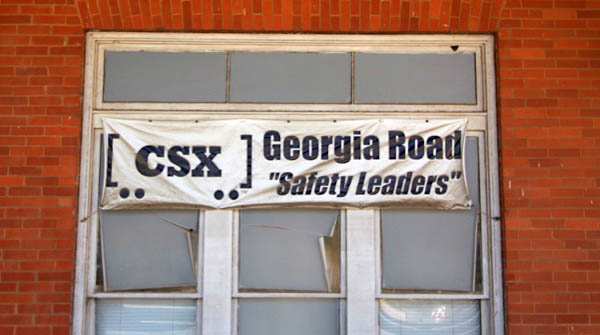
May 2021 / RWH
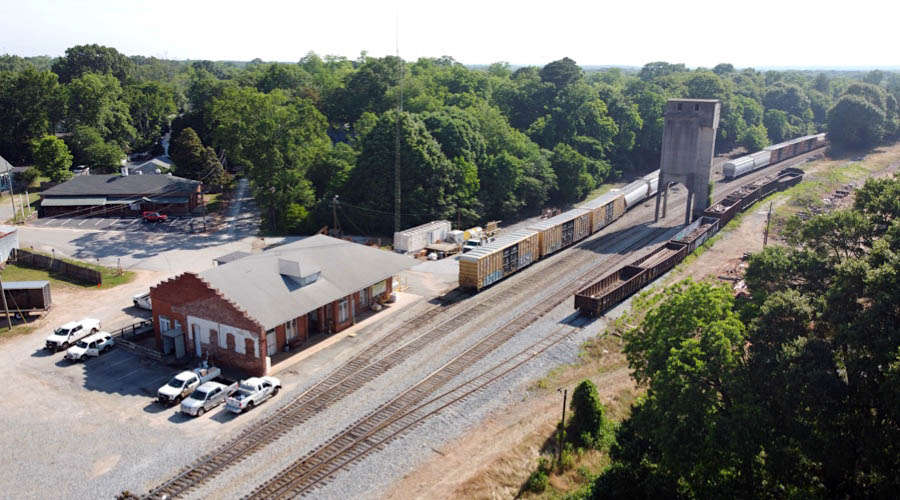
Social Circle, Ga / May 2021 / RWH
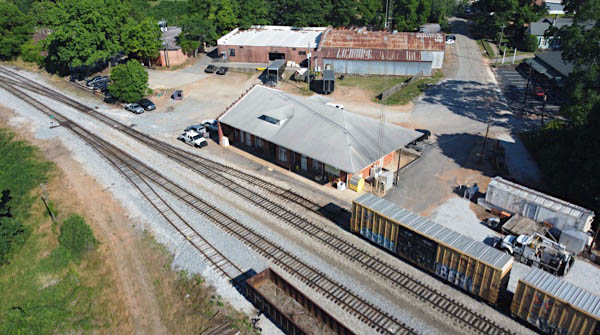
Social Circle, Ga / May 2021 / RWH
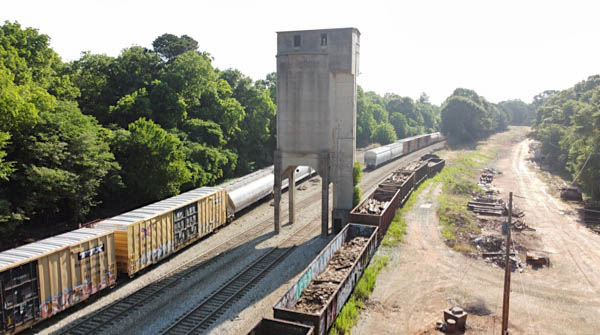
Social Circle, Ga / May 2021 / RWH
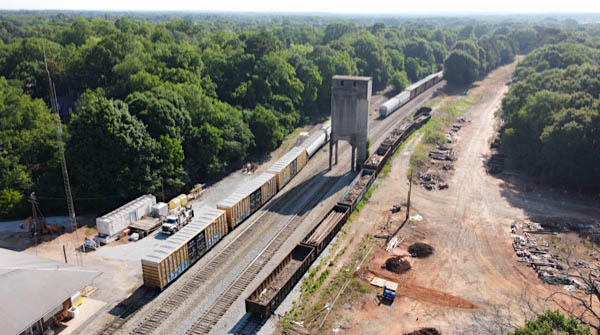
Social Circle, Ga / May 2021 / RWH
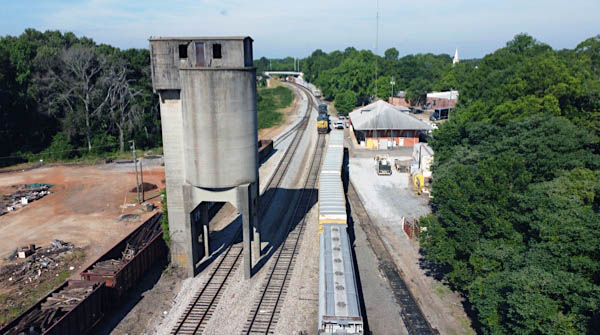
Social Circle, Ga / May 2021 / RWH

Social Circle, Ga / May 2021 / RWH
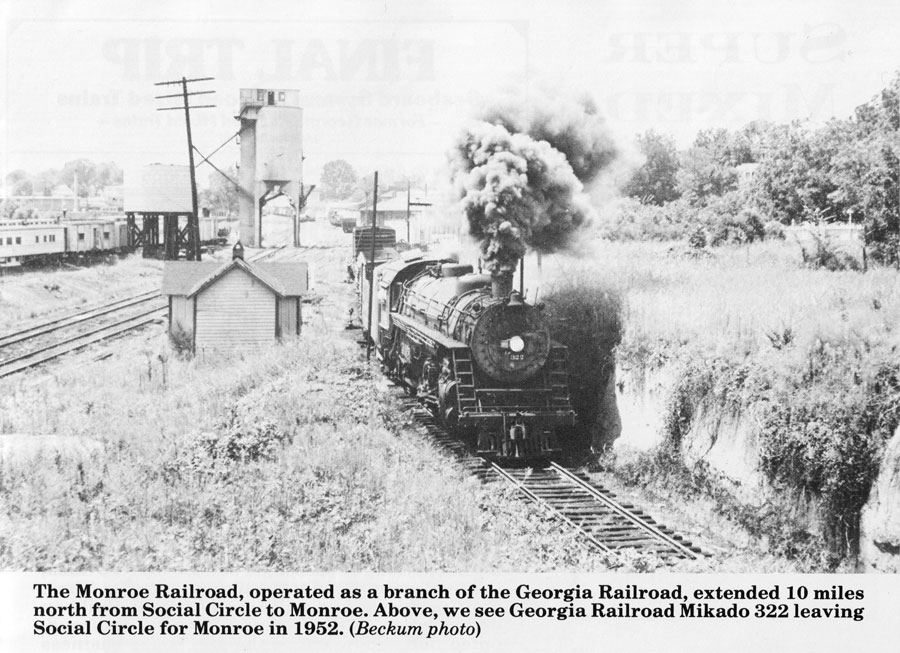
from Georgia Railroad Album
by W. Forrest Beckum Jr. and Albert Langley Jr. / collection
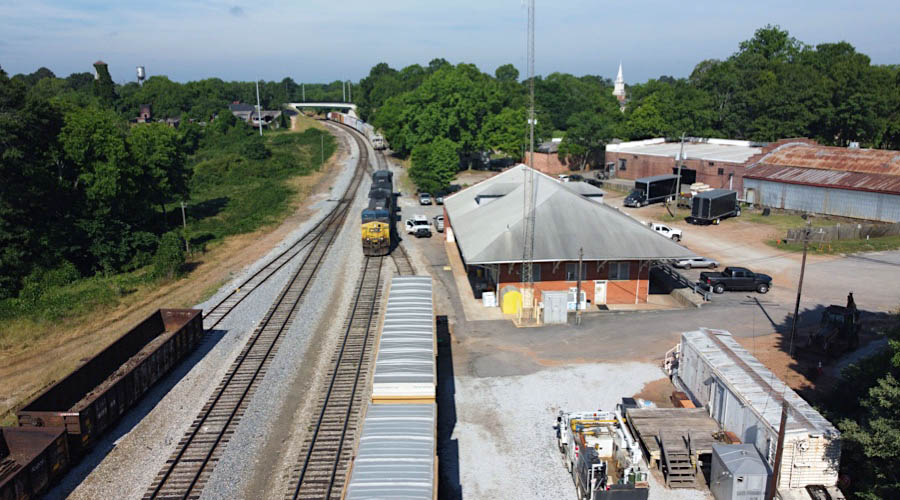
Social Circle, Ga / May 2021 / RWH

Social Circle, Ga / May 2021 / RWH

Click to see the AP Henderson Drive crossing plotted on a Google Maps page
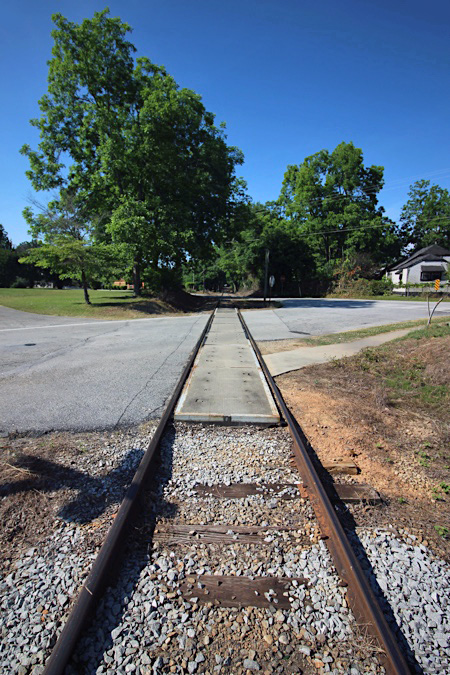
Social Circle, Ga / May 2021 / RWH
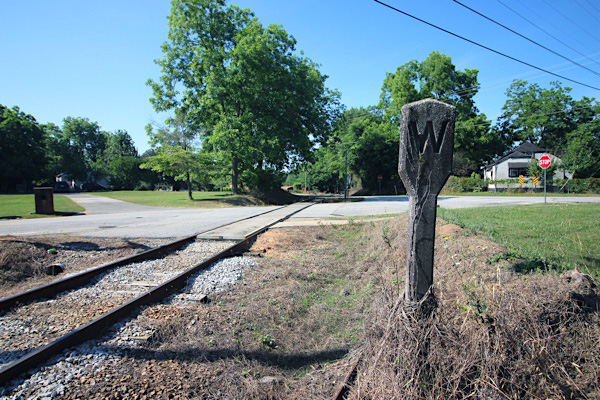
Social Circle, Ga / May 2021 / RWH
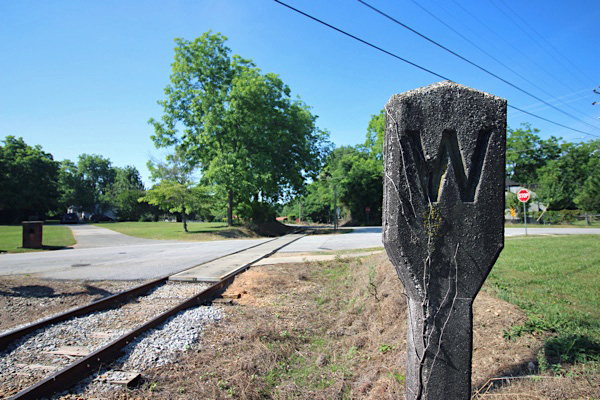
Social Circle, Ga / May 2021 / RWH
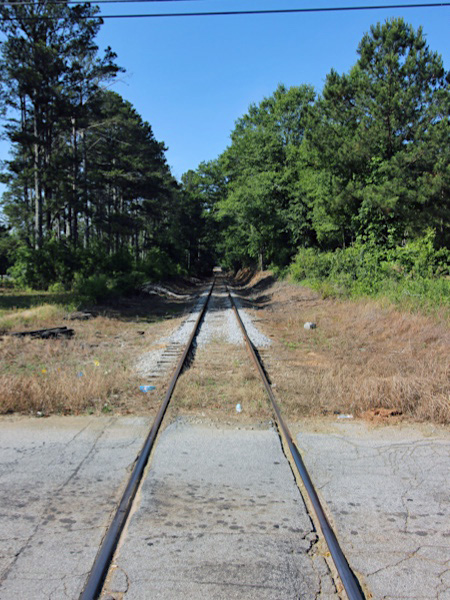
May 2021 / RWH
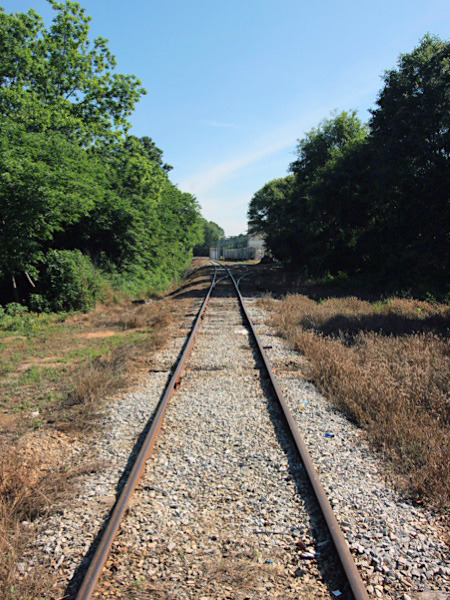
May 2021 / RWH

Click to see the Ronthor Drive crossing plotted on a Google Maps page
 Shipper Spotlight: CertainTeed
Shipper Spotlight: CertainTeed
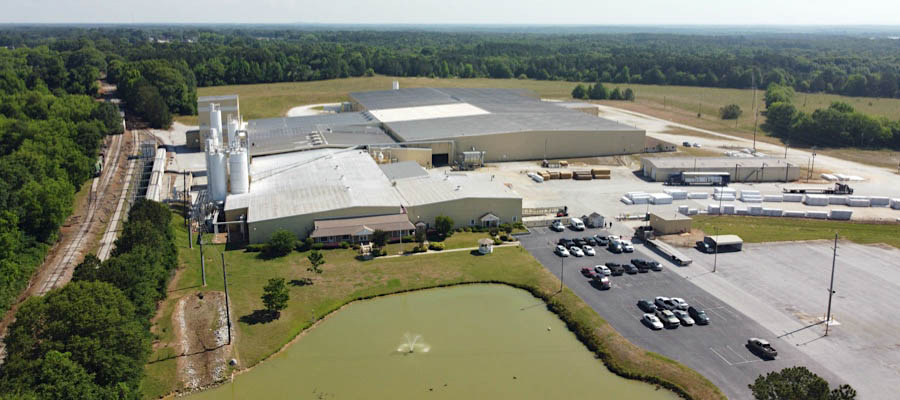
Social Circle, Ga / May 2021 / RWH

Through the responsible development of innovative and sustainable building products, CertainTeed has helped shape the building products industry for more than 110 years. Founded in 1904 as General Roofing Manufacturing Company, today, CertainTeed® is North America’s leading brand of exterior and interior building products, including roofing, siding, fence, decking, railing, trim, insulation, gypsum and ceilings. A subsidiary of Saint-Gobain, one of the world’s largest and oldest building products companies, CertainTeed and its affiliates have more than 6,300 employees and more than 60 manufacturing facilities throughout the United States and Canada.
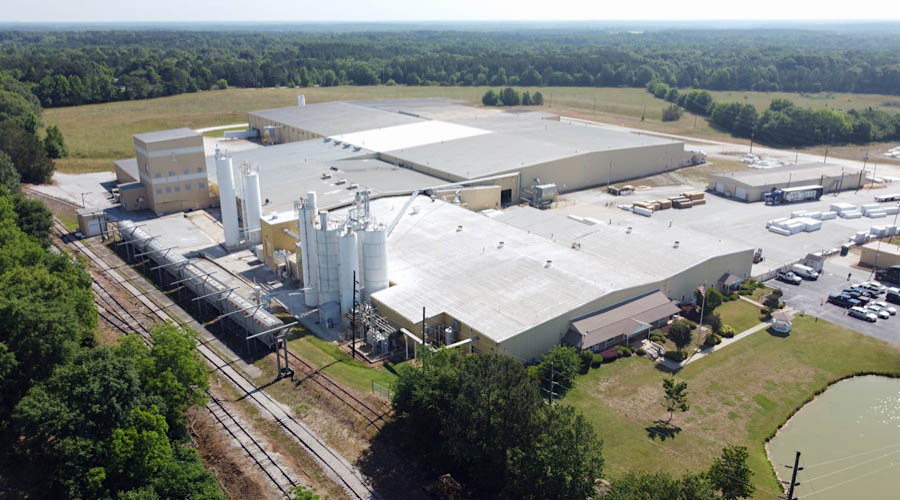
Social Circle, Ga / May 2021 / RWH
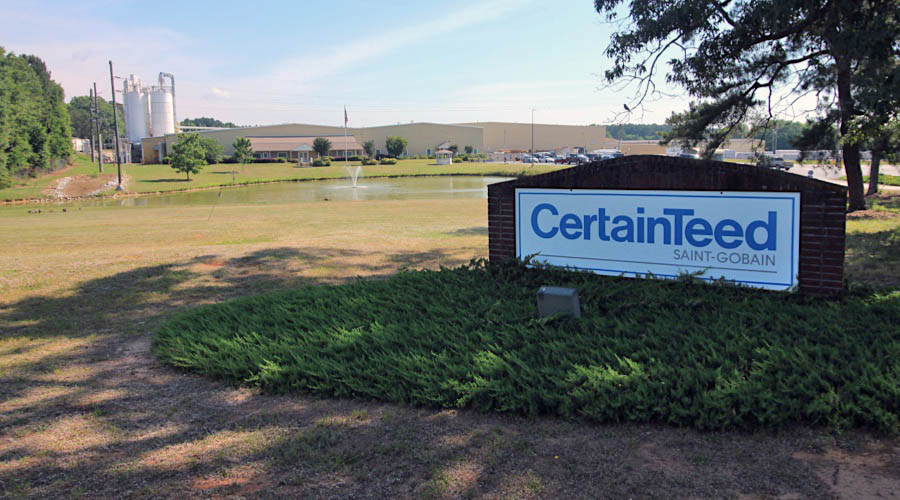
Social Circle, Ga / May 2021 / RWH

Click to see the CertainTeed Social Circle facility plotted on a Google Maps page
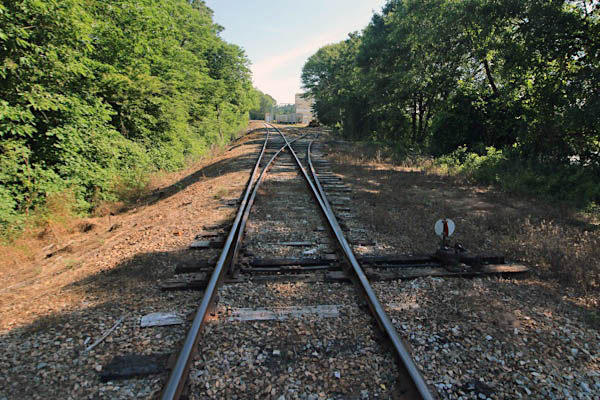
Social Circle, Ga / May 2021 / RWH
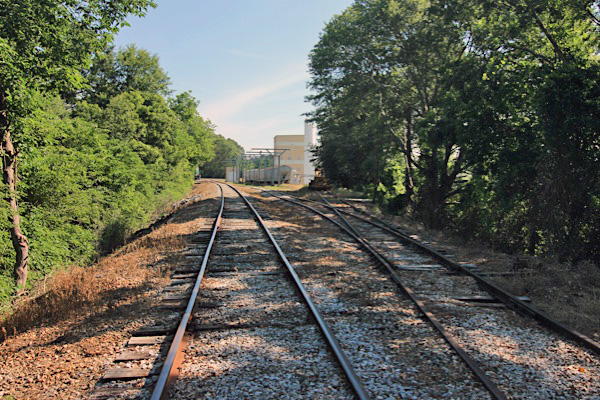
Social Circle, Ga / May 2021 / RWH
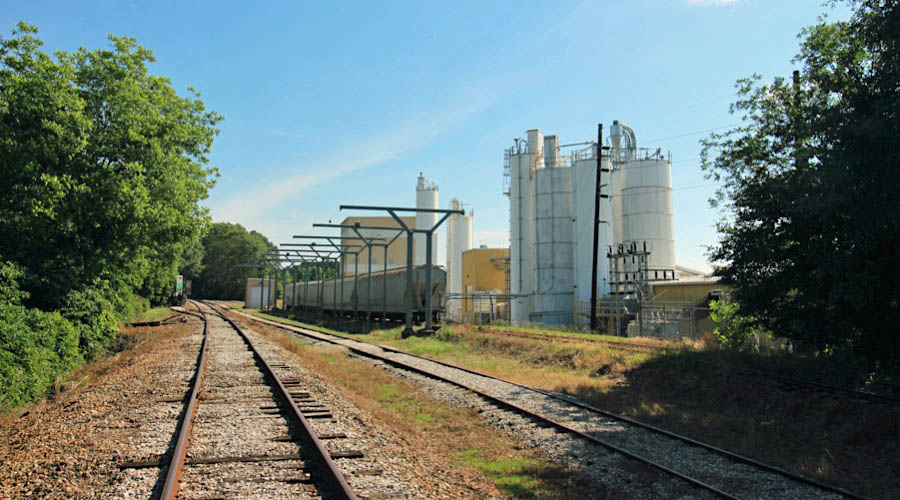
Social Circle, Ga / May 2021 / RWH
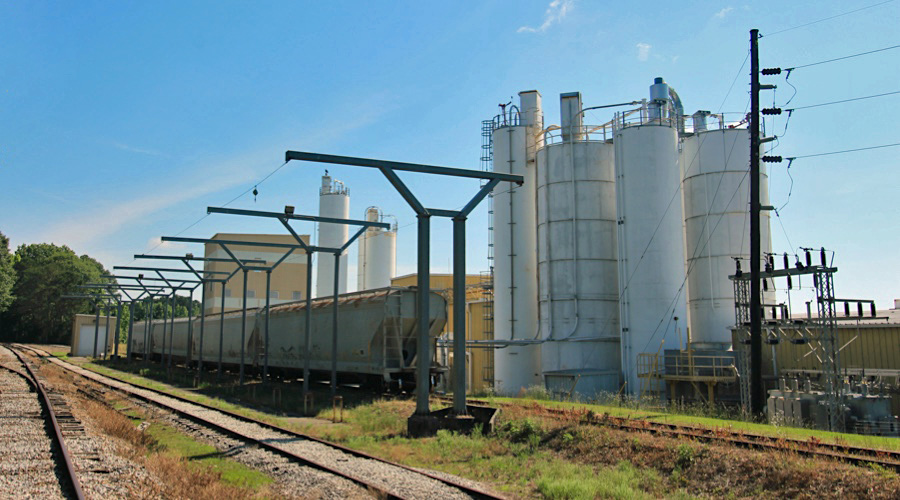
Social Circle, Ga / May 2021 / RWH
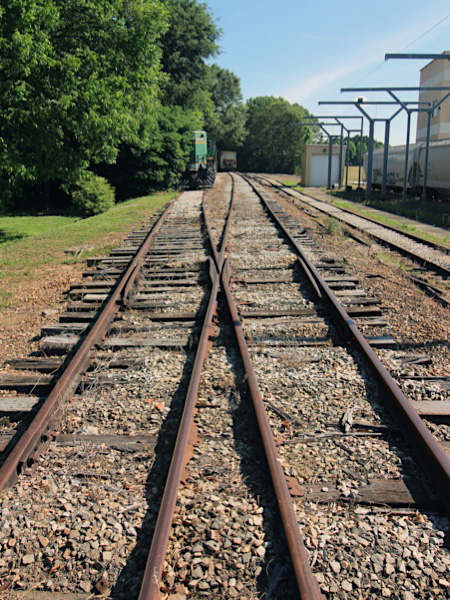
May 2021 / RWH
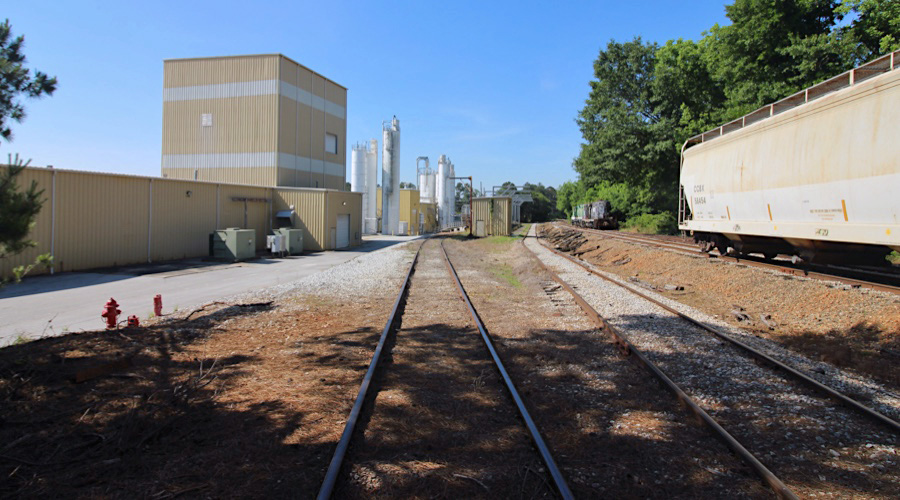
Social Circle, Ga / May 2021 / RWH
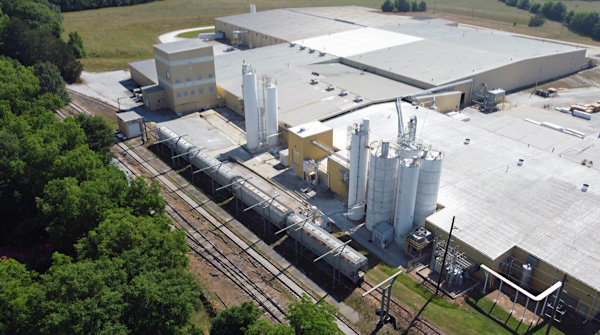
Social Circle, Ga / May 2021 / RWH
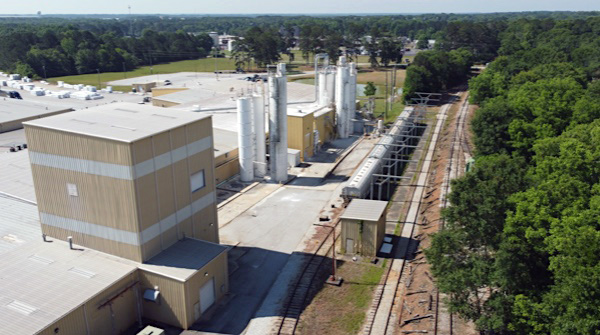
Social Circle, Ga / May 2021 / RWH
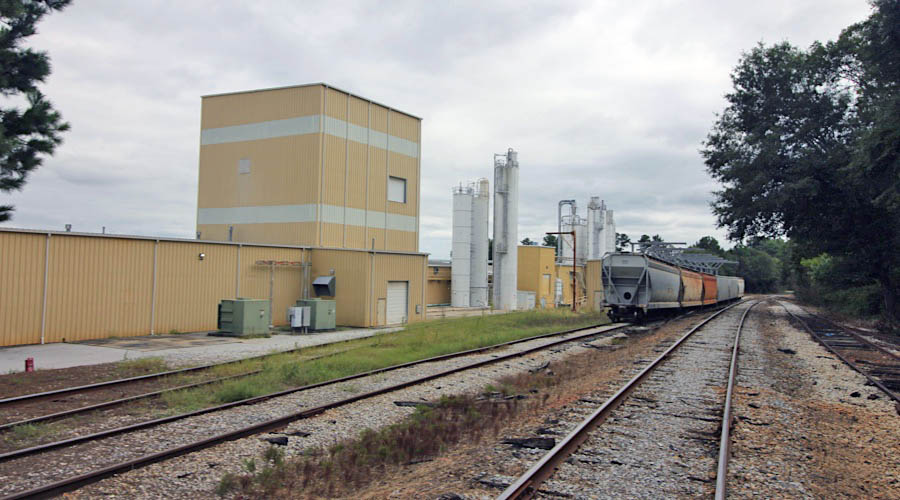
Social Circle, Ga / Aug 2019 / RWH
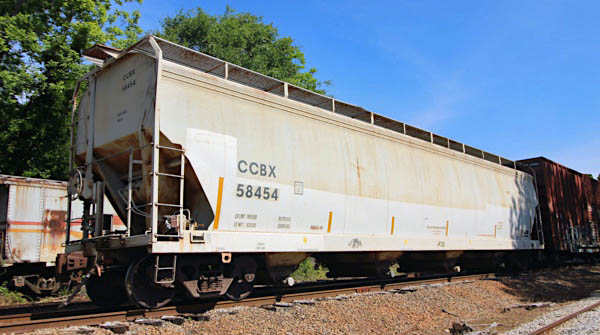
Central City & Blackhawk #58454
Social Circle, Ga / May 2021 / RWH
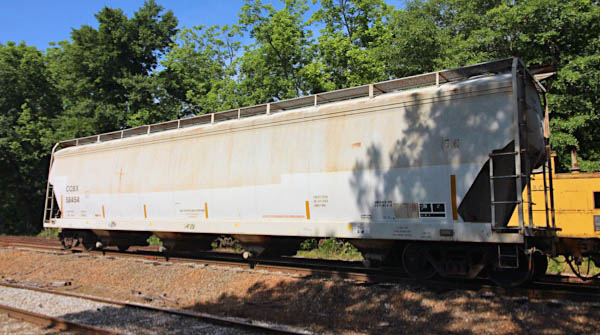
May 2021 / RWH
 Enginehouse
Enginehouse
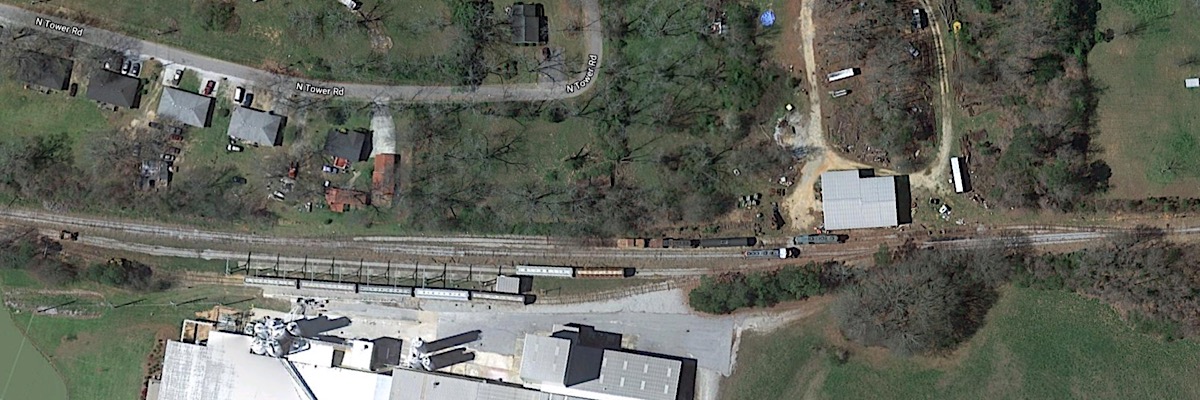
Enginehouse overhead / Google Maps

Social Circle, Ga / Aug 2019 / RWH

Click to see the Great Walton enginehouse plotted on a Google Maps page

Social Circle, Ga / Aug 2019 / RWH

Social Circle, Ga / Aug 2019 / RWH

Social Circle, Ga / Aug 2019 / RWH

Social Circle, Ga / Aug 2019 / RWH

Social Circle, Ga / Aug 2019 / RWH

Social Circle, Ga / Aug 2019 / RWH

Social Circle, Ga / Aug 2019 / RWH

Social Circle, Ga / Aug 2019 / RWH

Social Circle, Ga / Aug 2019 / RWH
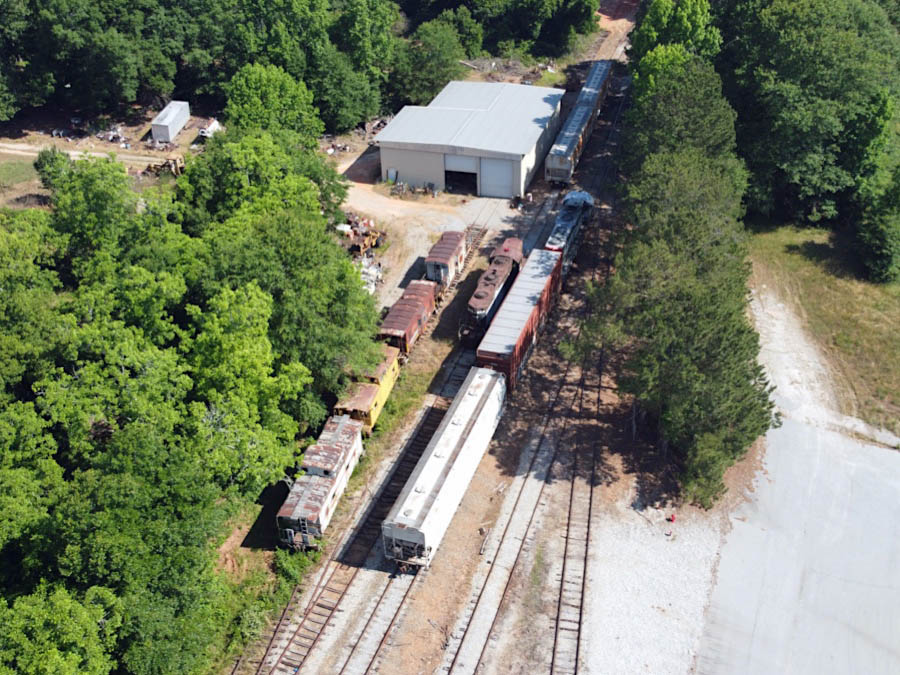
Social Circle, Ga / May 2021 / RWH
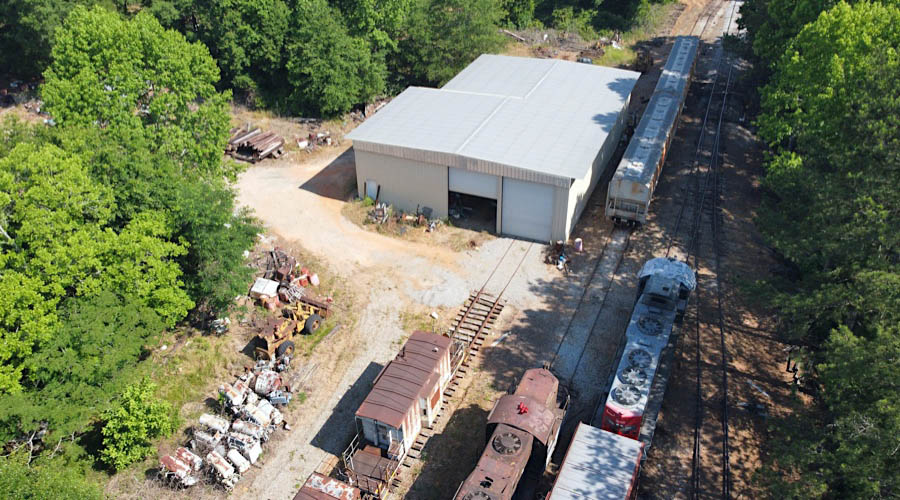
Social Circle, Ga / May 2021 / RWH
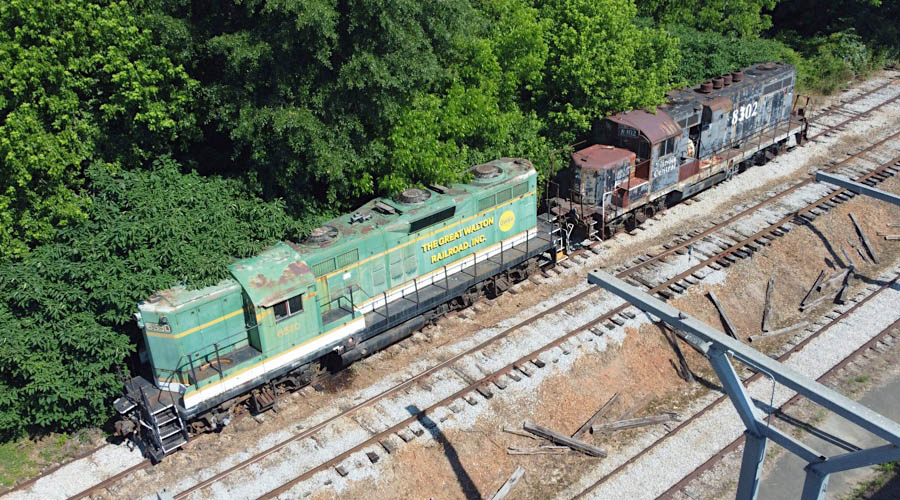
Social Circle, Ga / May 2021 / RWH
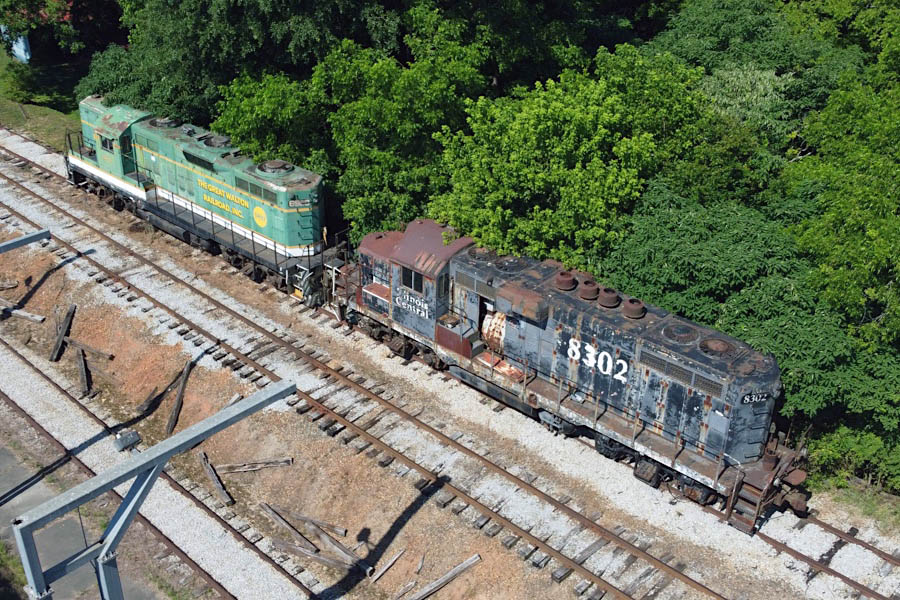
Social Circle, Ga / May 2021 / RWH
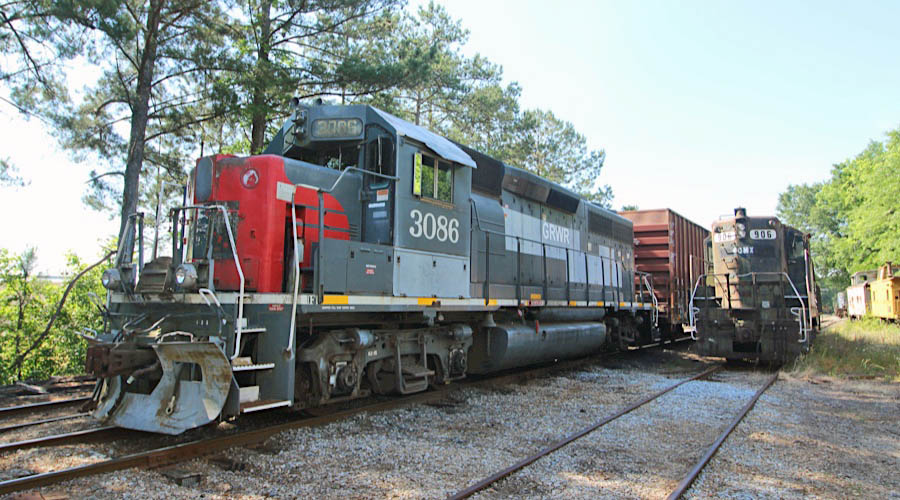
Social Circle, Ga / May 2021 / RWH
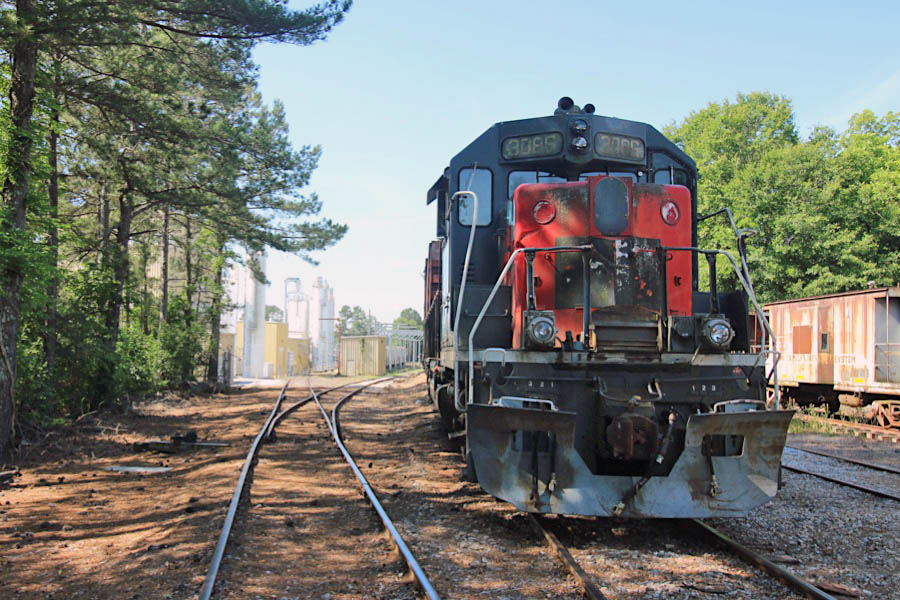
Social Circle, Ga / May 2021 / RWH
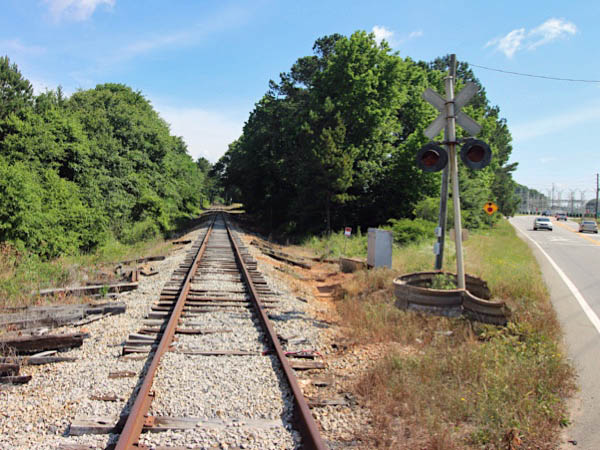
Social Circle, Ga / May 2021 / RWH
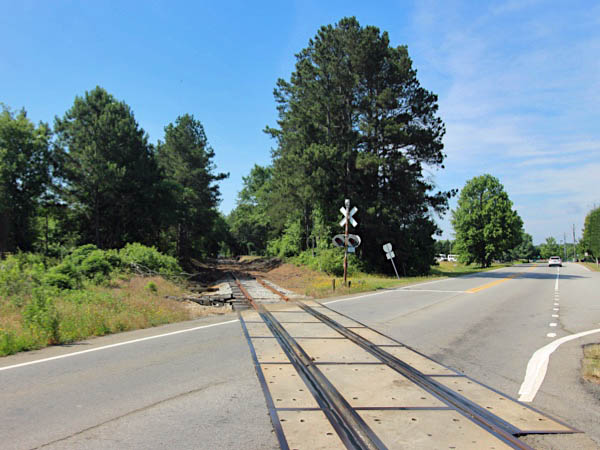
Social Circle, Ga / May 2021 / RWH

Click to see the North Cherokee Road crossing plotted on a Google Maps page
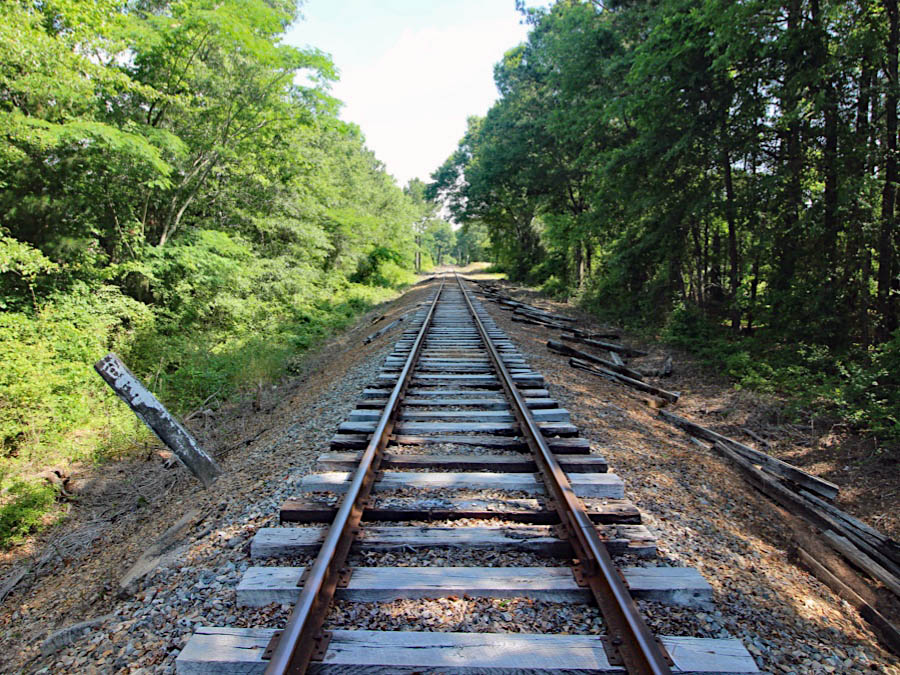
Social Circle, Ga / May 2021 / RWH
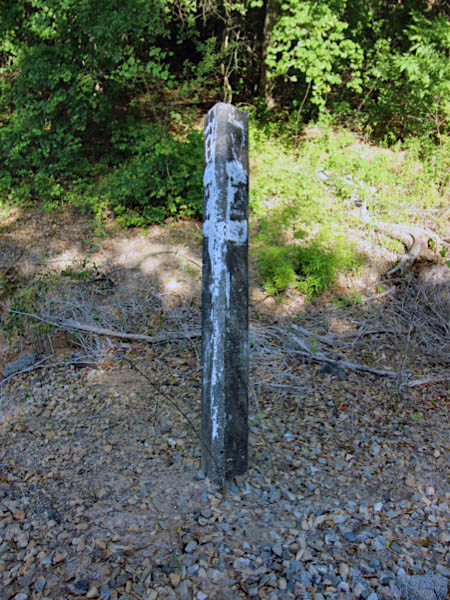
May 2021 / RWH
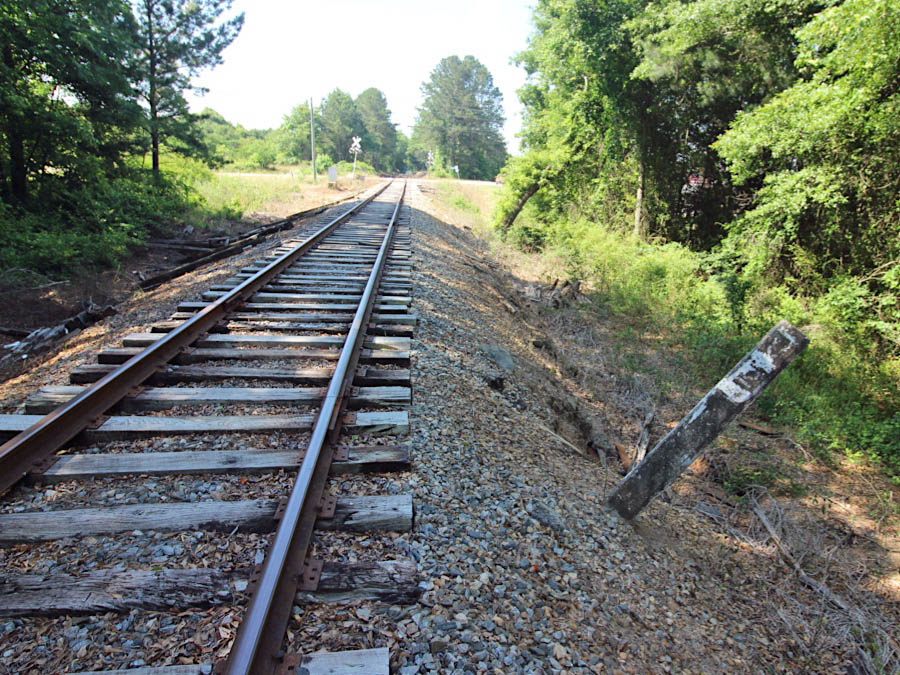
Social Circle, Ga / May 2021 / RWH

Social Circle, Ga / May 2021 / RWH
 Whitney
Whitney
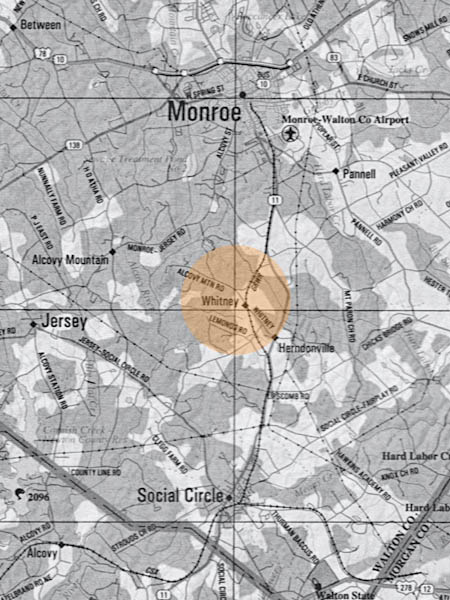
route map / RWH
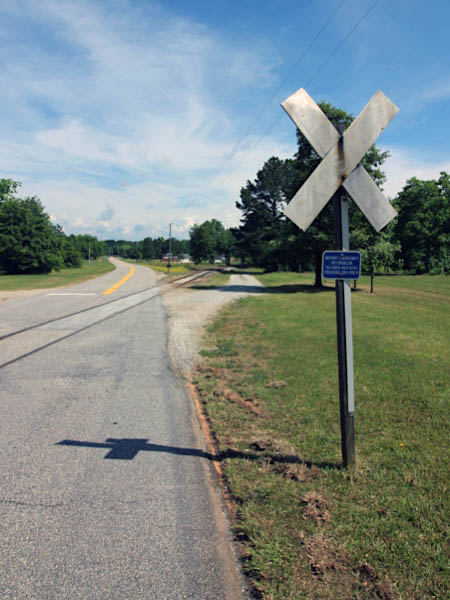
Whitney, Ga / May 2021 / RWH

Click to see the Whitney Road crossing plotted on a Google Maps page
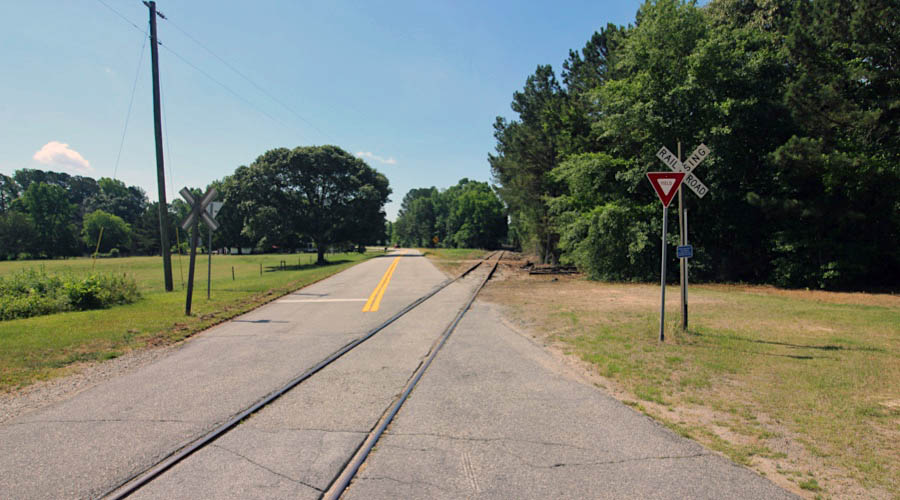
Whitney, Ga / May 2021 / RWH
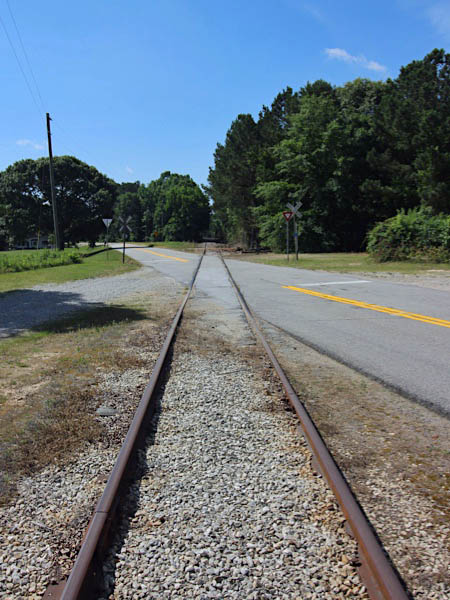
Whitney, Ga / May 2021 / RWH
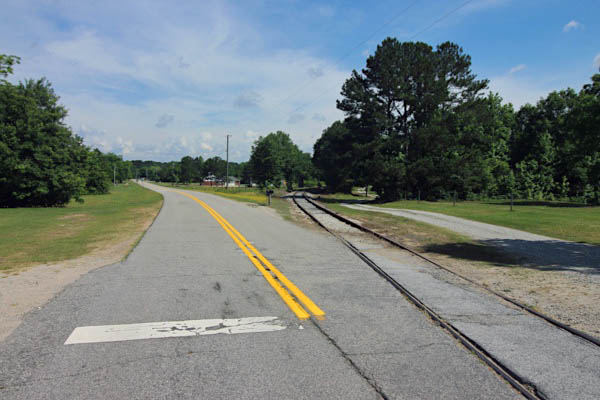
Whitney, Ga / May 2021 / RWH
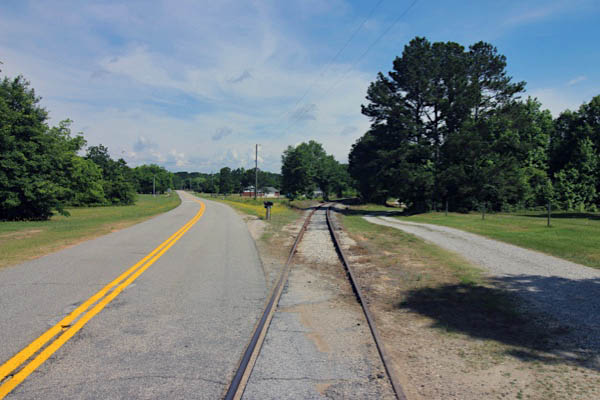
Whitney, Ga / May 2021 / RWH
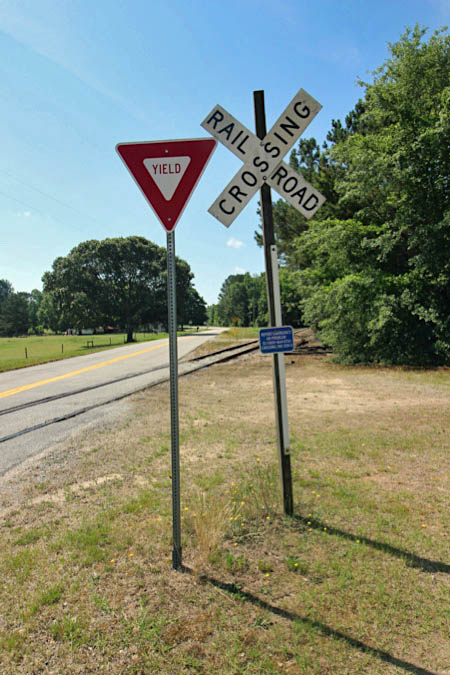
Whitney, Ga / May 2021 / RWH
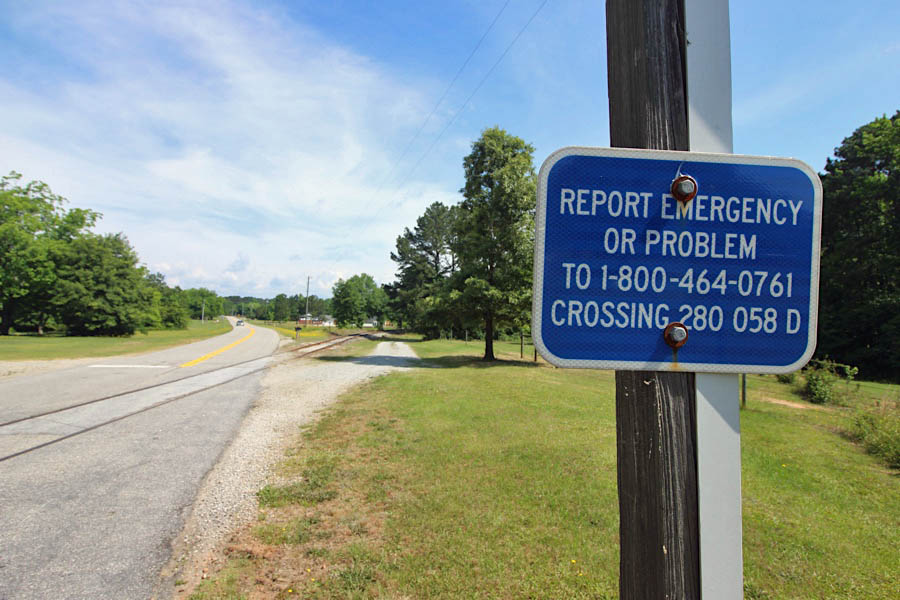
Whitney, Ga / May 2021 / RWH
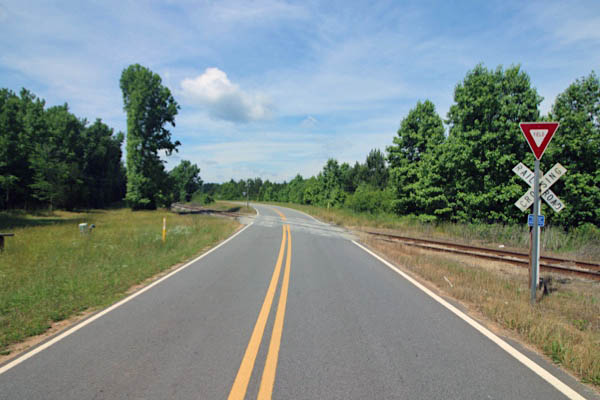
Monroe, Ga / May 2021 / RWH
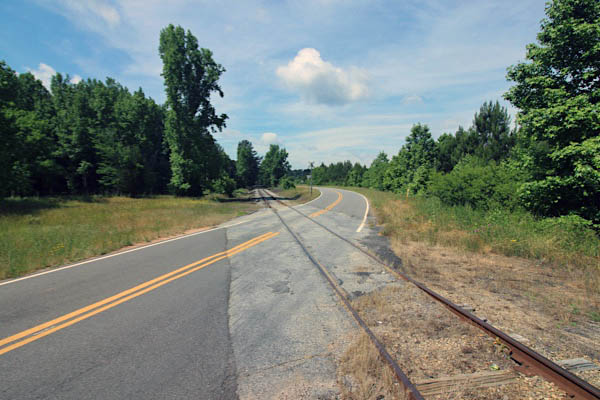
Monroe, Ga / May 2021 / RWH

Click to see the Alcovy Mountain Road crossing plotted on a Google Maps page
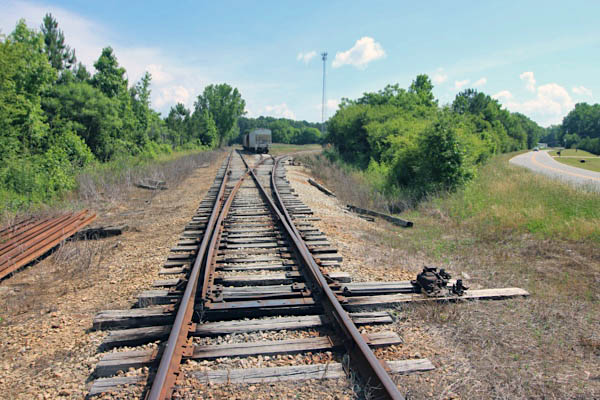
Monroe, Ga / May 2021 / RWH
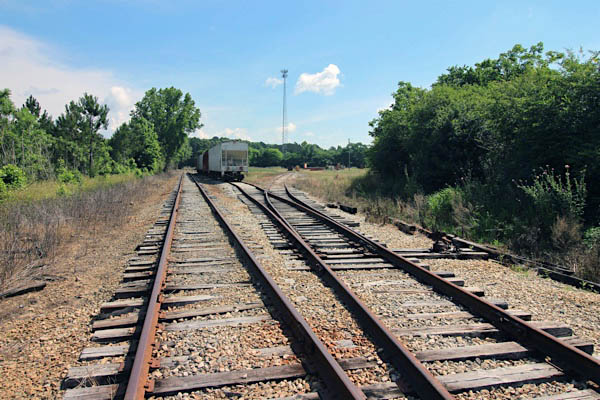
Monroe, Ga / May 2021 / RWH
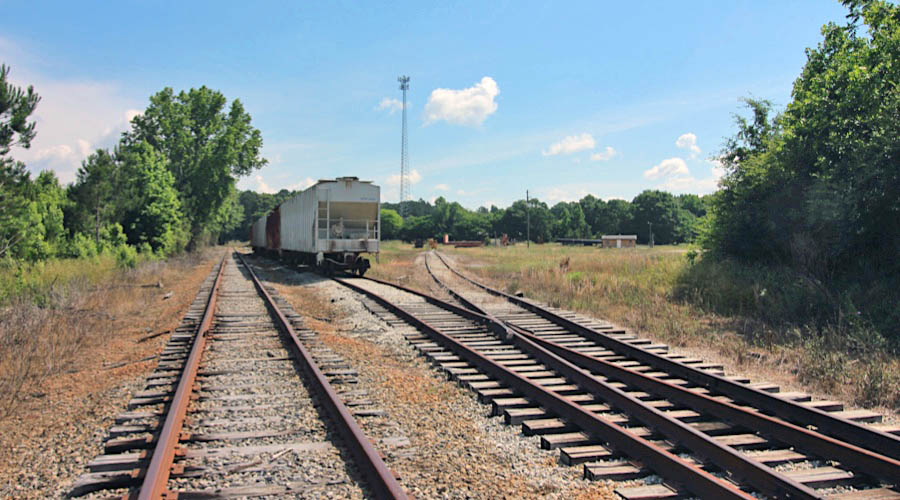
Monroe, Ga / May 2021 / RWH
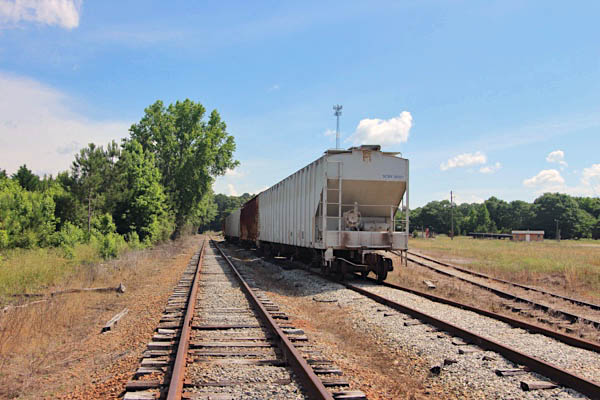
Monroe, Ga / May 2021 / RWH
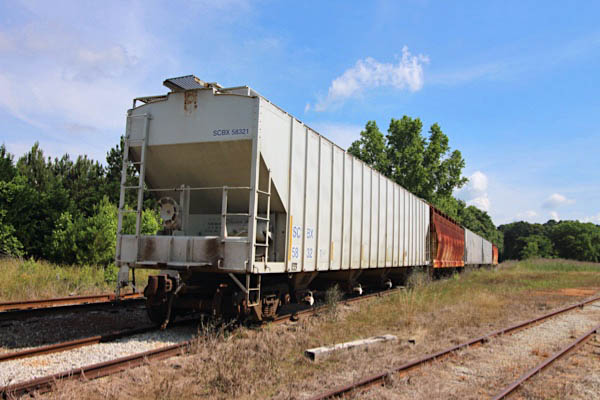
Monroe, Ga / May 2021 / RWH
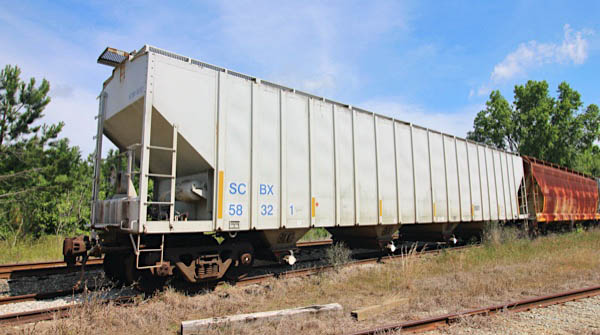
Standbridge Color Corporation #5832
covered hopper / Monroe, Ga / May 2021 / RWH
 Monroe
Monroe
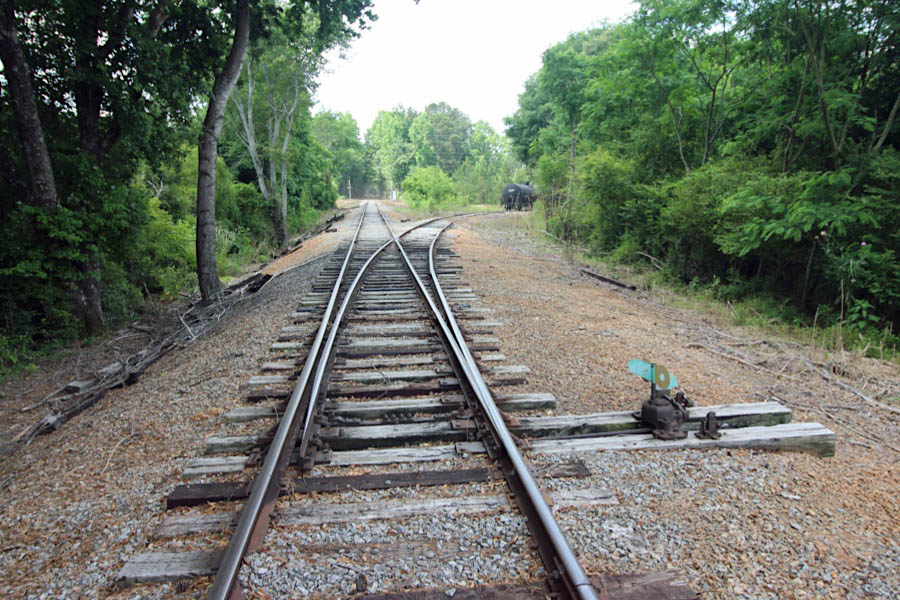
Monroe, Ga / May 2021 / RWH

Click to see this location plotted on a Google Maps page
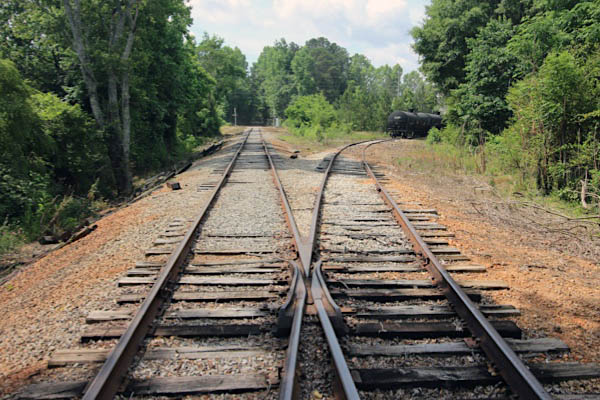
Monroe, Ga / May 2021 / RWH
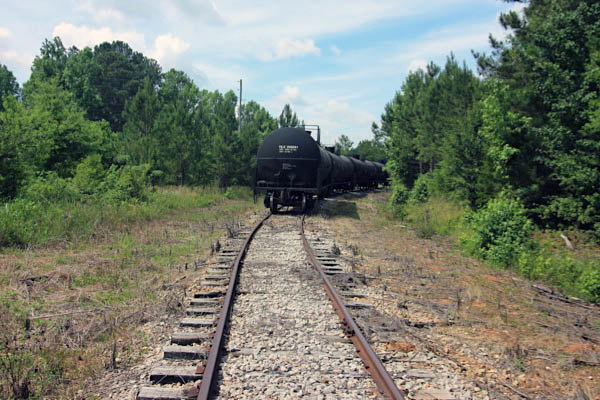
Monroe, Ga / May 2021 / RWH
 Shipper Spotlight: PowerRail
Shipper Spotlight: PowerRail

PowerRail Locomotive Services, located in Monroe, GA opened in 2014. This 17+ acre locomotive facility offers both locomotive and freight car service including light repair, re-wires, traction motor and truck work, as well as engine and/or engine component change outs.
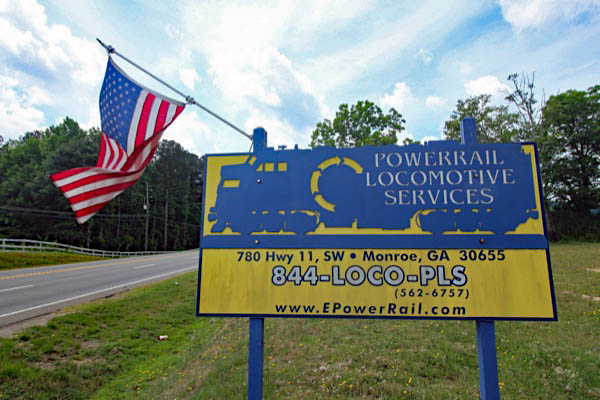
Monroe, Ga / May 2021 / RWH
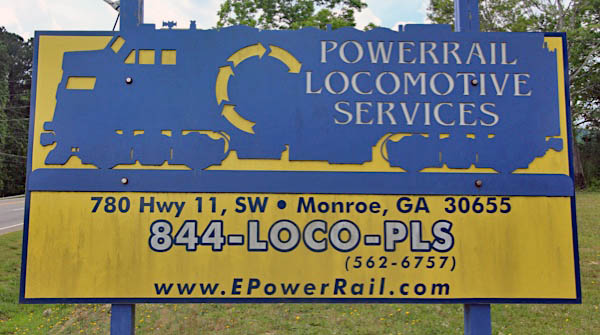
May 2021 / RWH
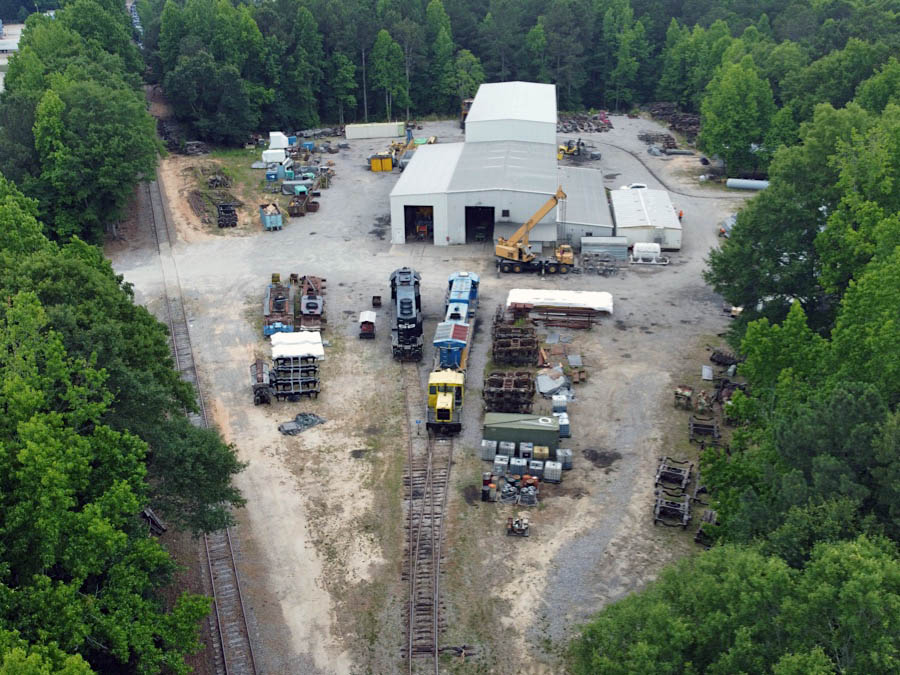
Monroe, Ga / May 2021 / RWH

Click to see PowerRail Locomotive Services plotted on a Google Maps page
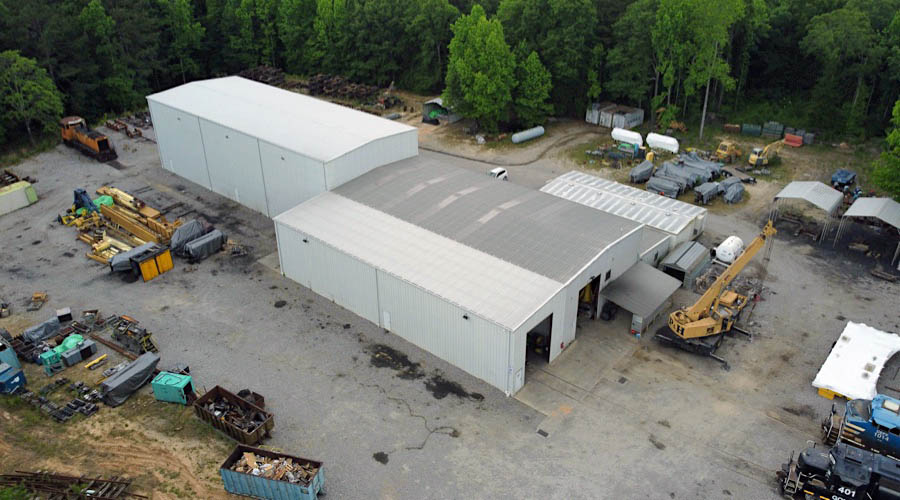
Monroe, Ga / May 2021 / RWH
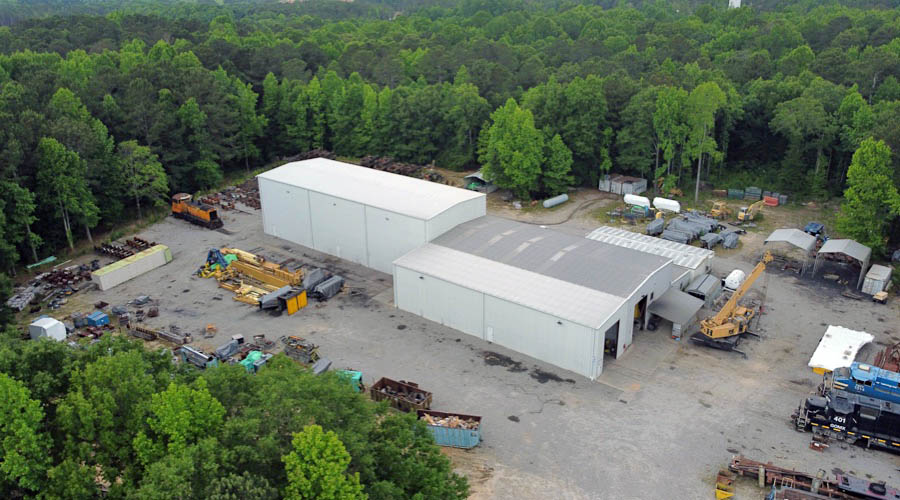
Monroe, Ga / May 2021 / RWH
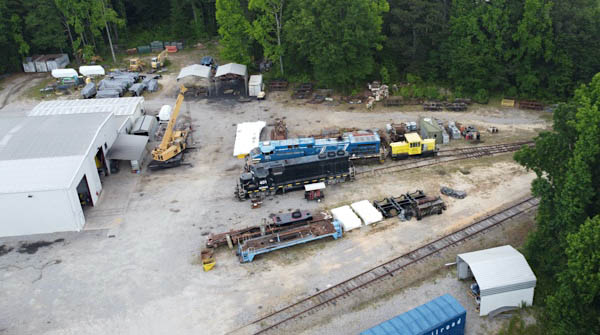
Monroe, Ga / May 2021 / RWH
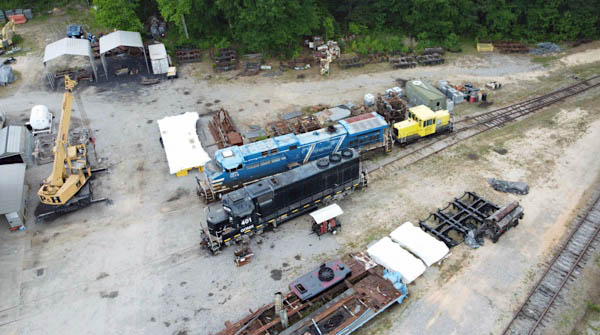
Monroe, Ga / May 2021 / RWH
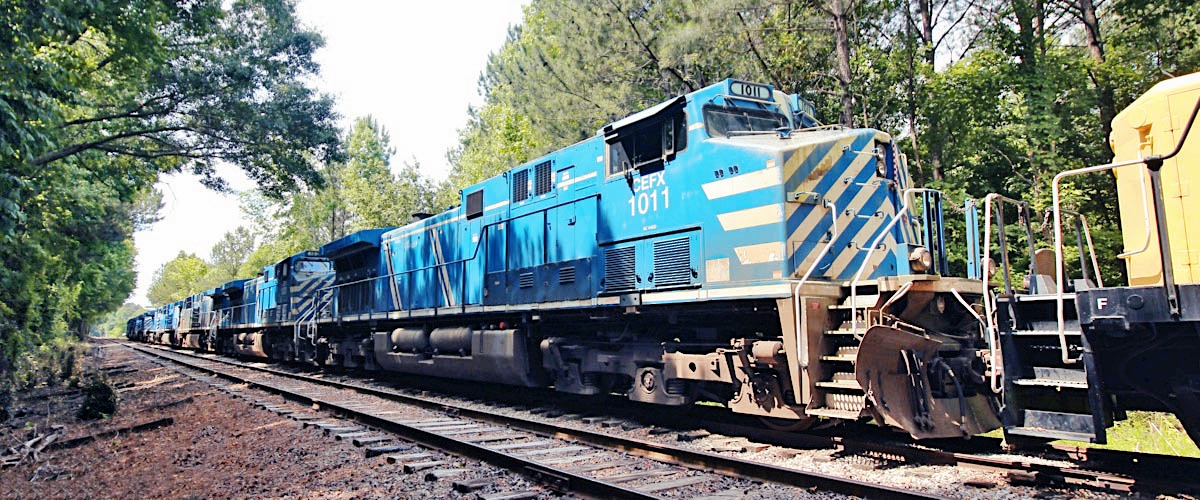
Monroe, Ga / May 2021 / RWH

See also our complete PowerRail Locomotive Services scrapbook in Industrials
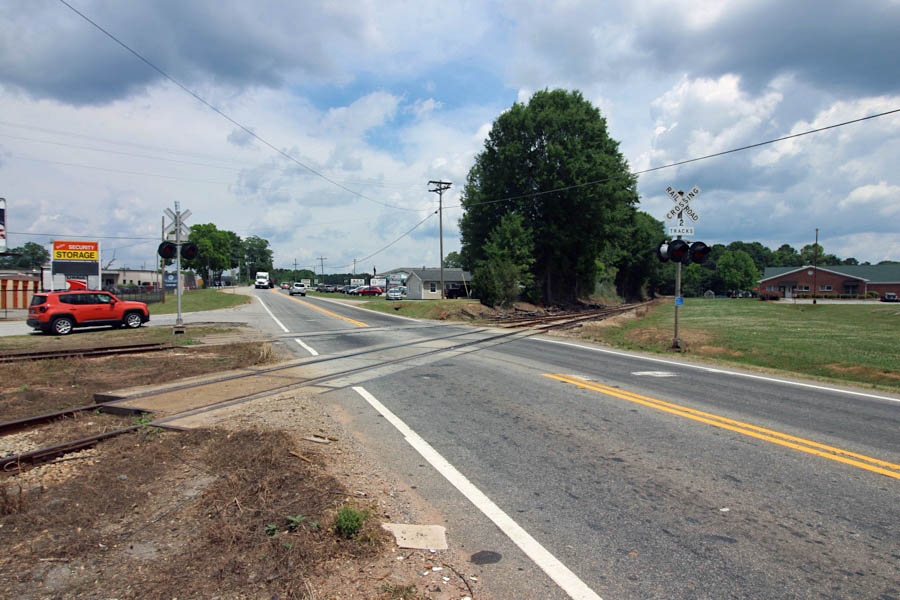
Monroe, Ga / May 2021 / RWH
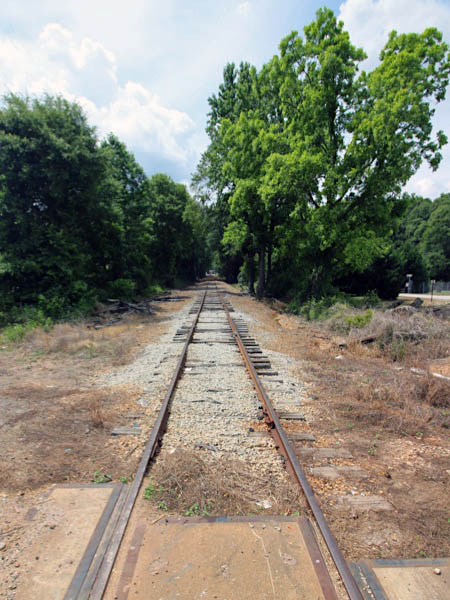
May 2021 / RWH
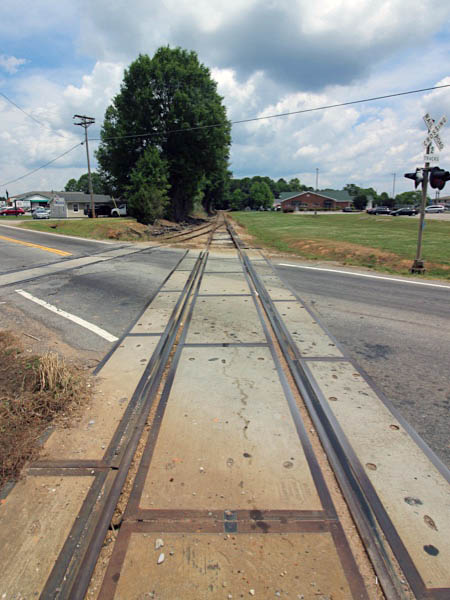
May 2021 / RWH
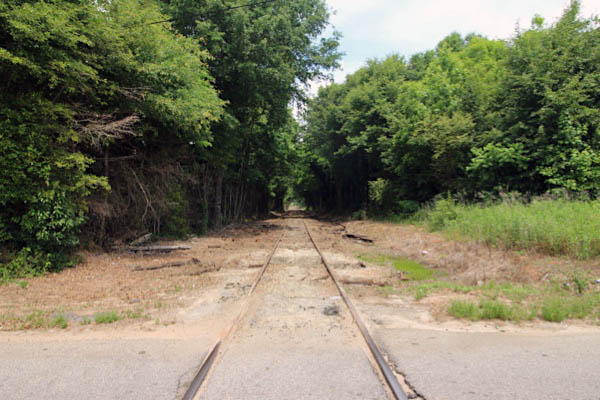
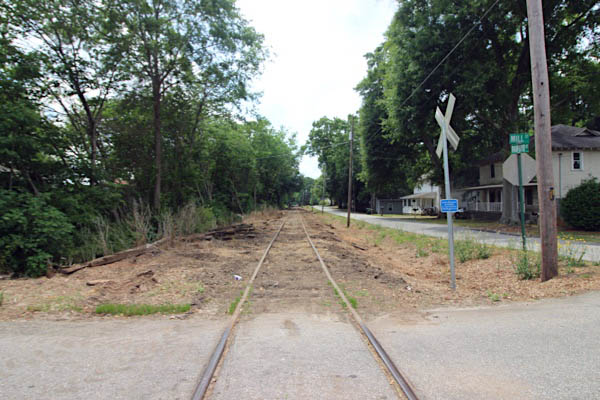
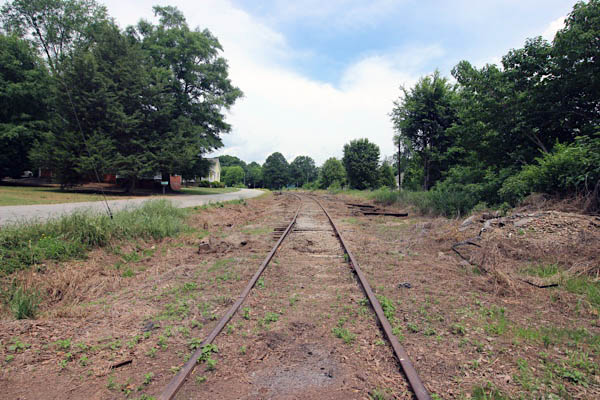
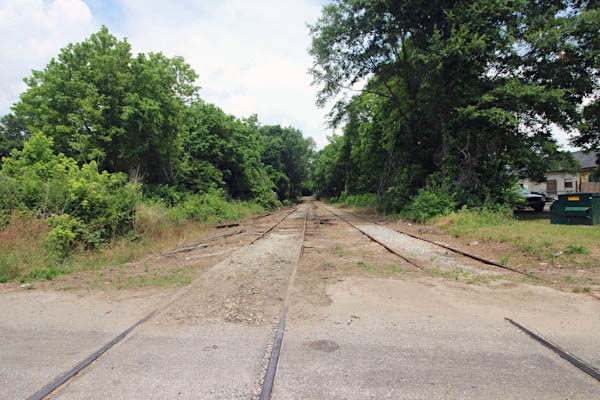
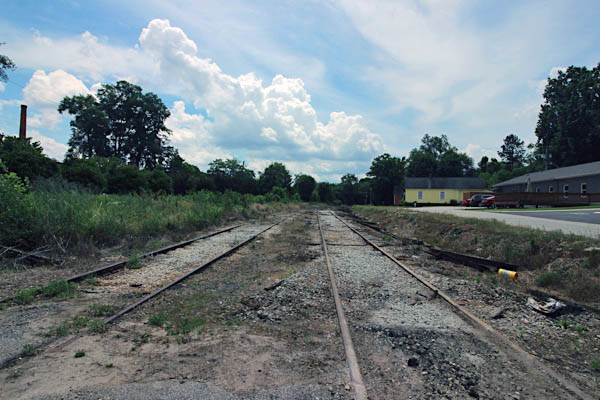
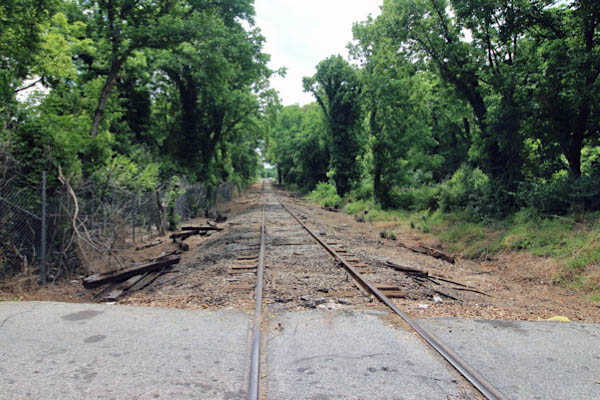
Monroe, Ga / May 2021 / RWH

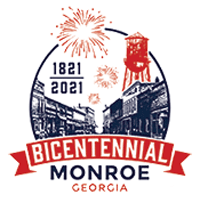 Walton County was laid out by the Lottery Act of 1818, was organized in 1819, and named in honor of George Walton, one of the three Georgians who signed the Declaration of Independence. The first court held in Walton County was at Cow Pens, about three miles southeast of the present courthouse, and Judge John M. Dooley from the northern district presided.
Walton County was laid out by the Lottery Act of 1818, was organized in 1819, and named in honor of George Walton, one of the three Georgians who signed the Declaration of Independence. The first court held in Walton County was at Cow Pens, about three miles southeast of the present courthouse, and Judge John M. Dooley from the northern district presided.
At the same time, a doctor by the name of Johnson and a lawyer, whose name is unknown, took up their residence at “Spring Place,” now the City of Monroe. They thought that the county seat would be located there.
Elisha Betts of Virginia offered a gift of land for county buildings, private and public cemeteries, and six acres surrounding “Spring Place,” this being a public gathering place for citizens in the surrounding community. This benefactor also suggested to give the town the name of “Monroe” in honor of James Monroe, fifth president of the United States. His offer was accepted and Monroe became known as the county seat of Walton County in 1820. The City of Monroe was incorporated in 1821.
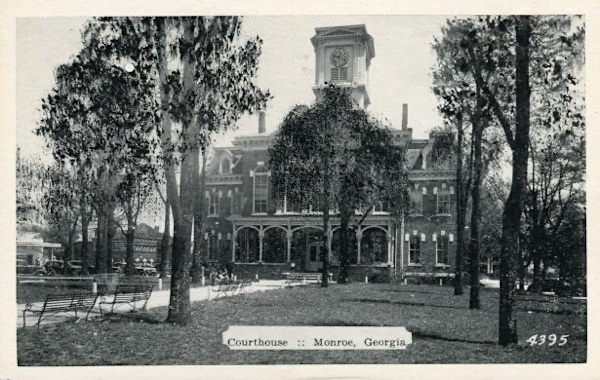 Following the fire of 1857, the first brick buildings were erected, many of which are still present in one form or another today. The original City Hall building erected during the late 1800's still stands at the corner of Spring Street and Wayne Street, as does the second City Hall which was built in 1939 on South Broad Street. Many other homes and storefronts from the late 1800's and early 1900's still exist here today.
Following the fire of 1857, the first brick buildings were erected, many of which are still present in one form or another today. The original City Hall building erected during the late 1800's still stands at the corner of Spring Street and Wayne Street, as does the second City Hall which was built in 1939 on South Broad Street. Many other homes and storefronts from the late 1800's and early 1900's still exist here today.
Monroe did not make very rapid progress until after the “War Between the States,” but since that time, it has grown and prospered. Monroe became a bustling cotton/textiles mill town during the early half of the 20th century, as well as attracting local industries and building a strong business presence both downtown and from one end of town to the other. It is known as one of Georgia’s most civil-minded and cultured smaller cities. Monroe also proudly claims the honor of being the “City of Governors,” having furnished seven men to act as Governor of Georgia. Monroe also claims a native son who left Monroe for the West and later became Governor of Texas.

Monroe, Ga / May 2021 / RWH
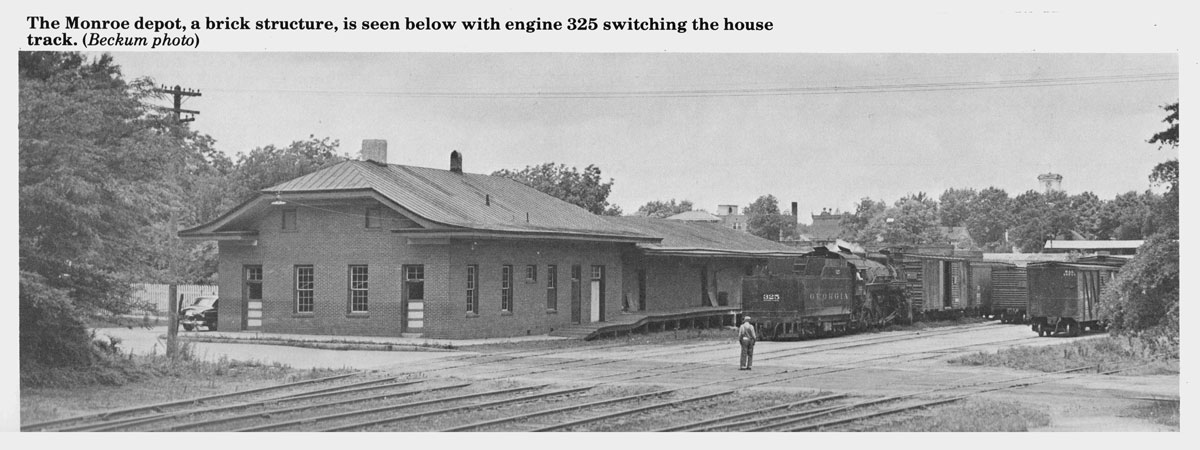
from Georgia Railroad Album
by W. Forrest Beckum Jr. and Albert Langley Jr. / collection
Click to see the former Monroe railroad depot building plotted on a Google Maps page

Monroe, Ga / May 2021 / RWH 
Monroe, Ga / May 2021 / RWH 
Monroe, Ga / May 2021 / RWH 
Monroe, Ga / May 2021 / RWH 
Monroe, Ga / May 2021 / RWH 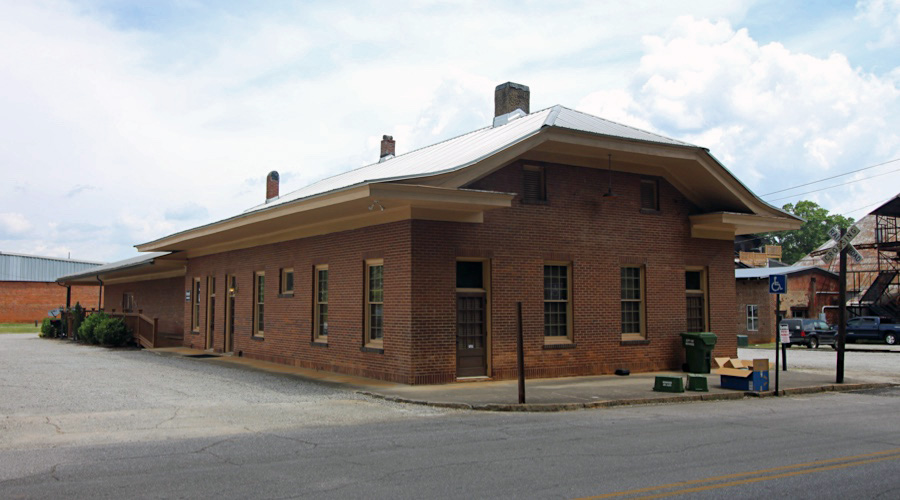
Monroe, Ga / May 2021 / RWH 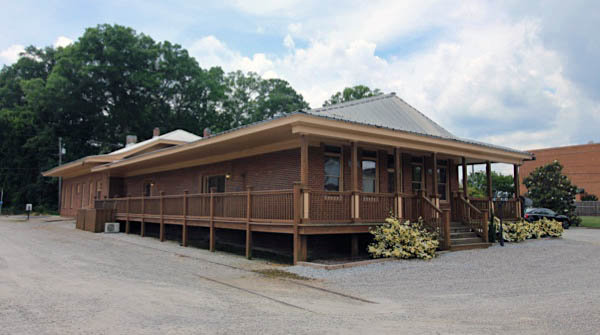
Monroe, Ga / May 2021 / RWH 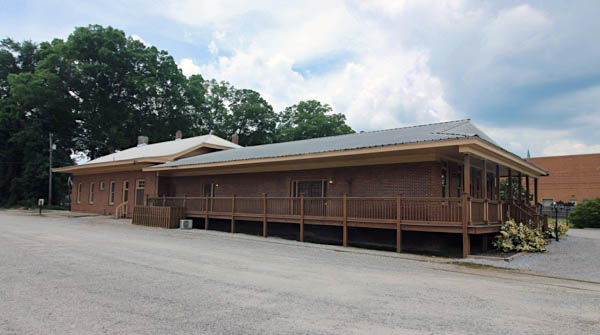
Monroe, Ga / May 2021 / RWH 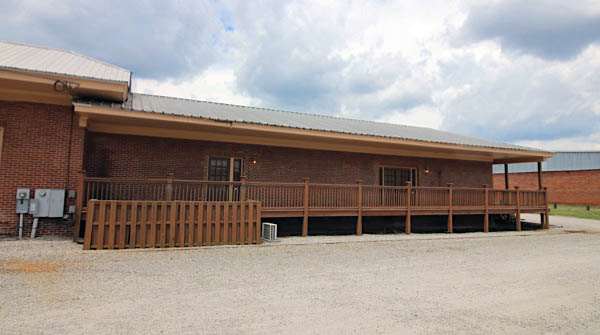
Monroe, Ga / May 2021 / RWH 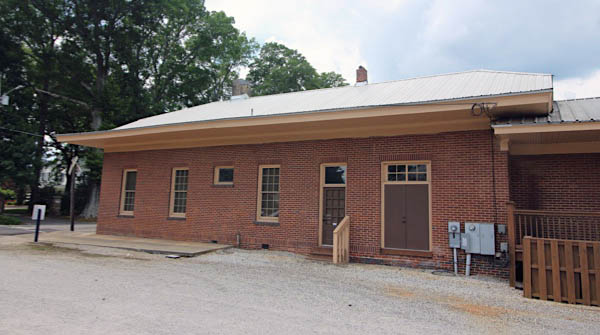
Monroe, Ga / May 2021 / RWH 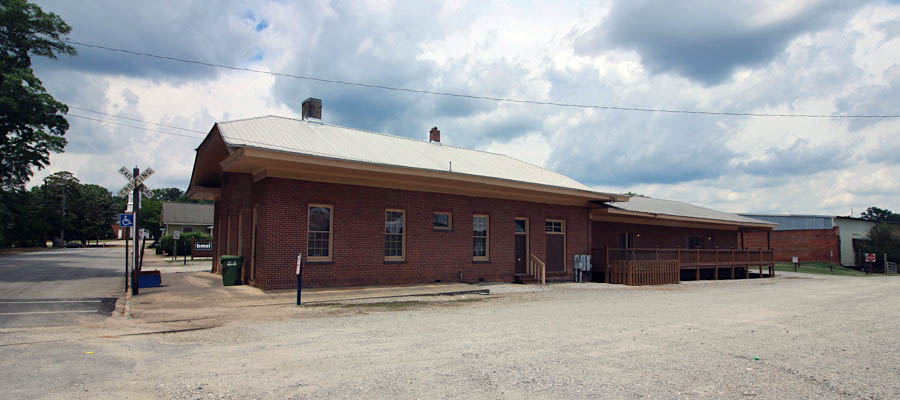
Monroe, Ga / May 2021 / RWH 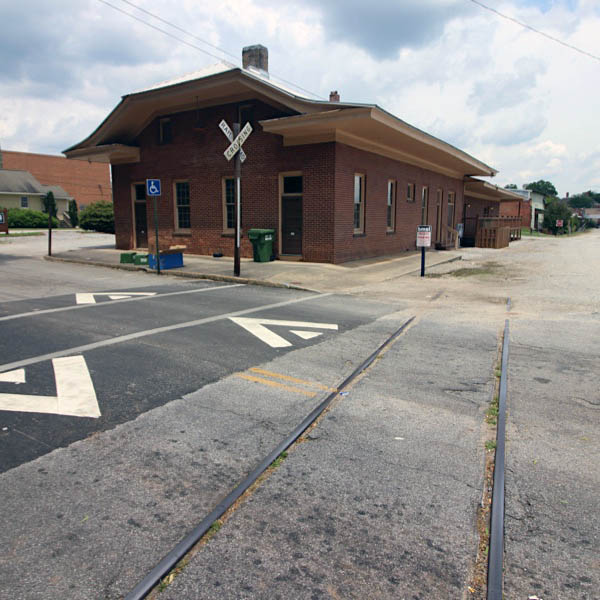
Monroe, Ga / May 2021 / RWH 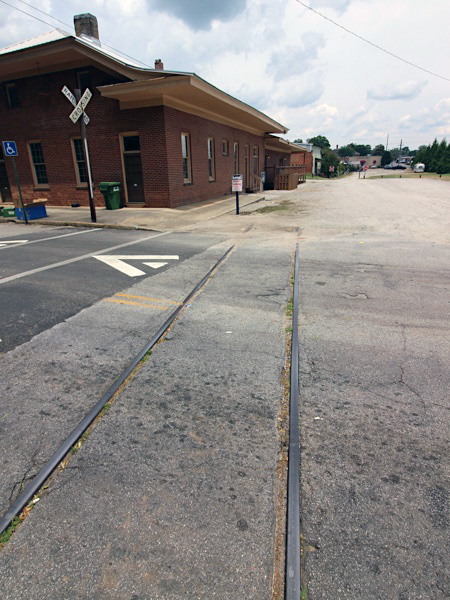
May 2021 / RWH 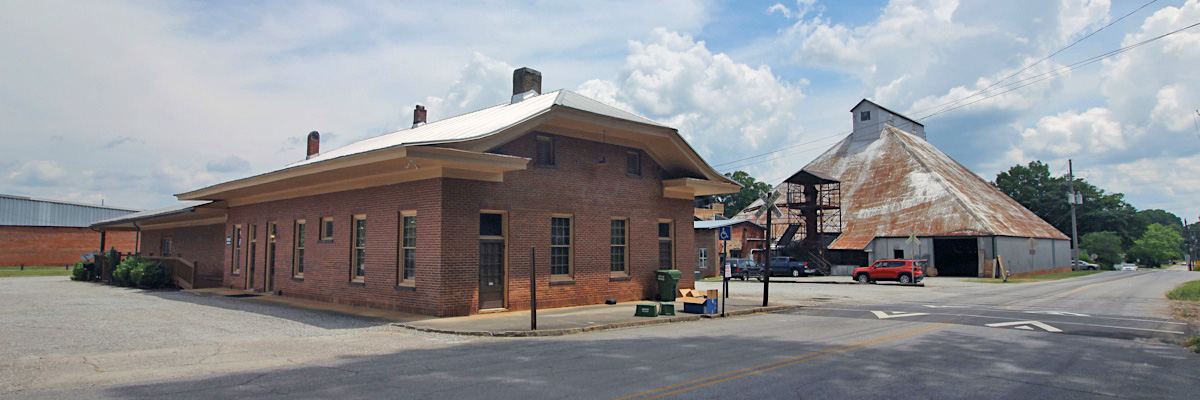
Monroe, Ga / May 2021 / RWH 
Monroe, Ga / May 2021 / RWH
This page was updated on 2021-05-29
© 2007-2024 Ralph Hawkins / HawkinsRails
|



